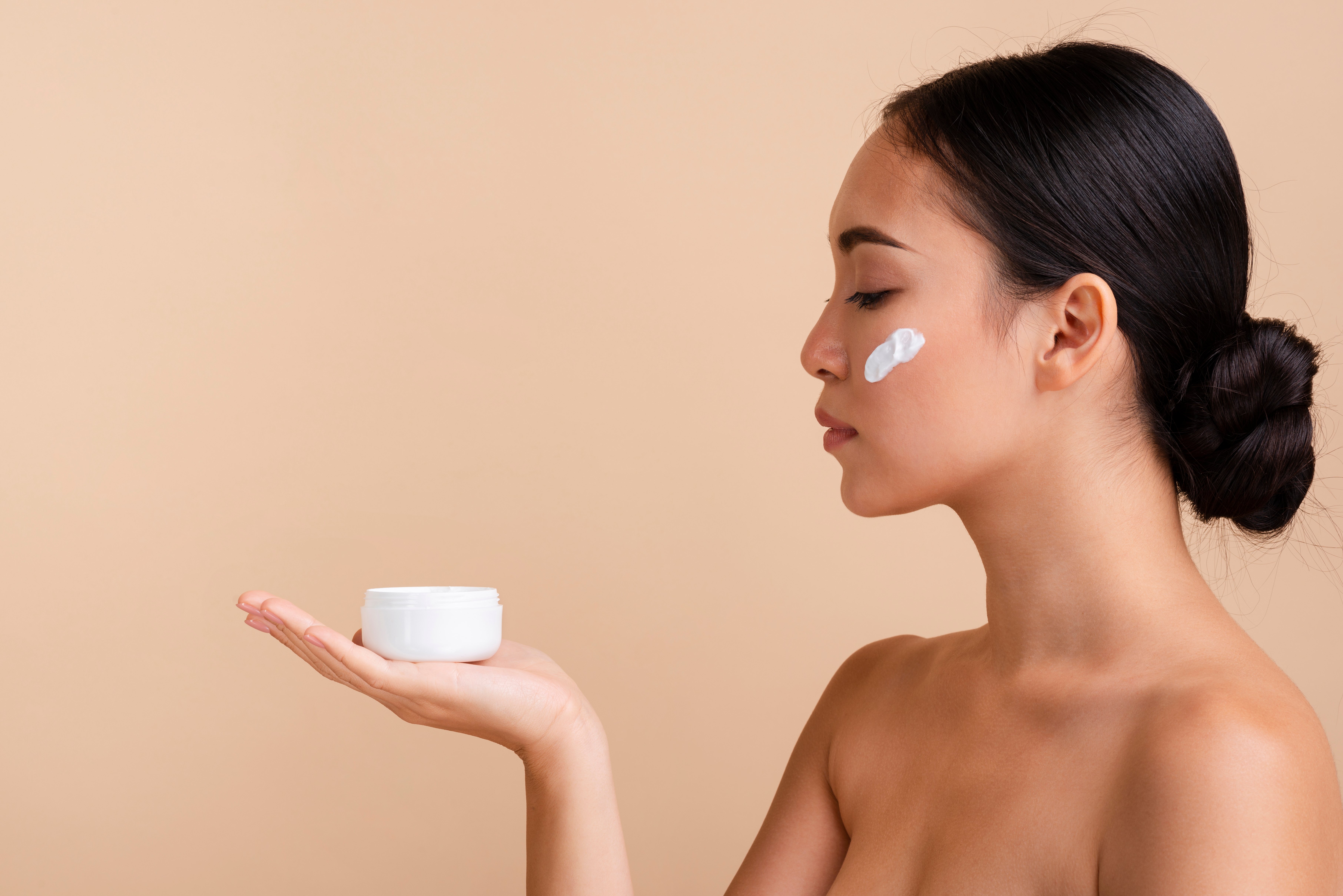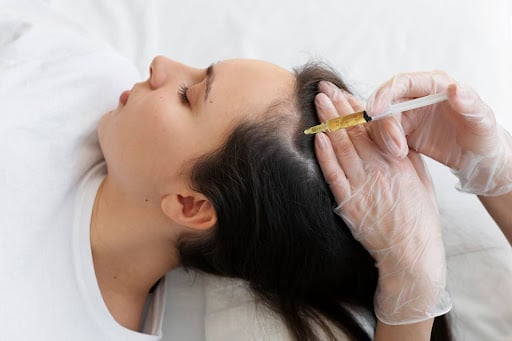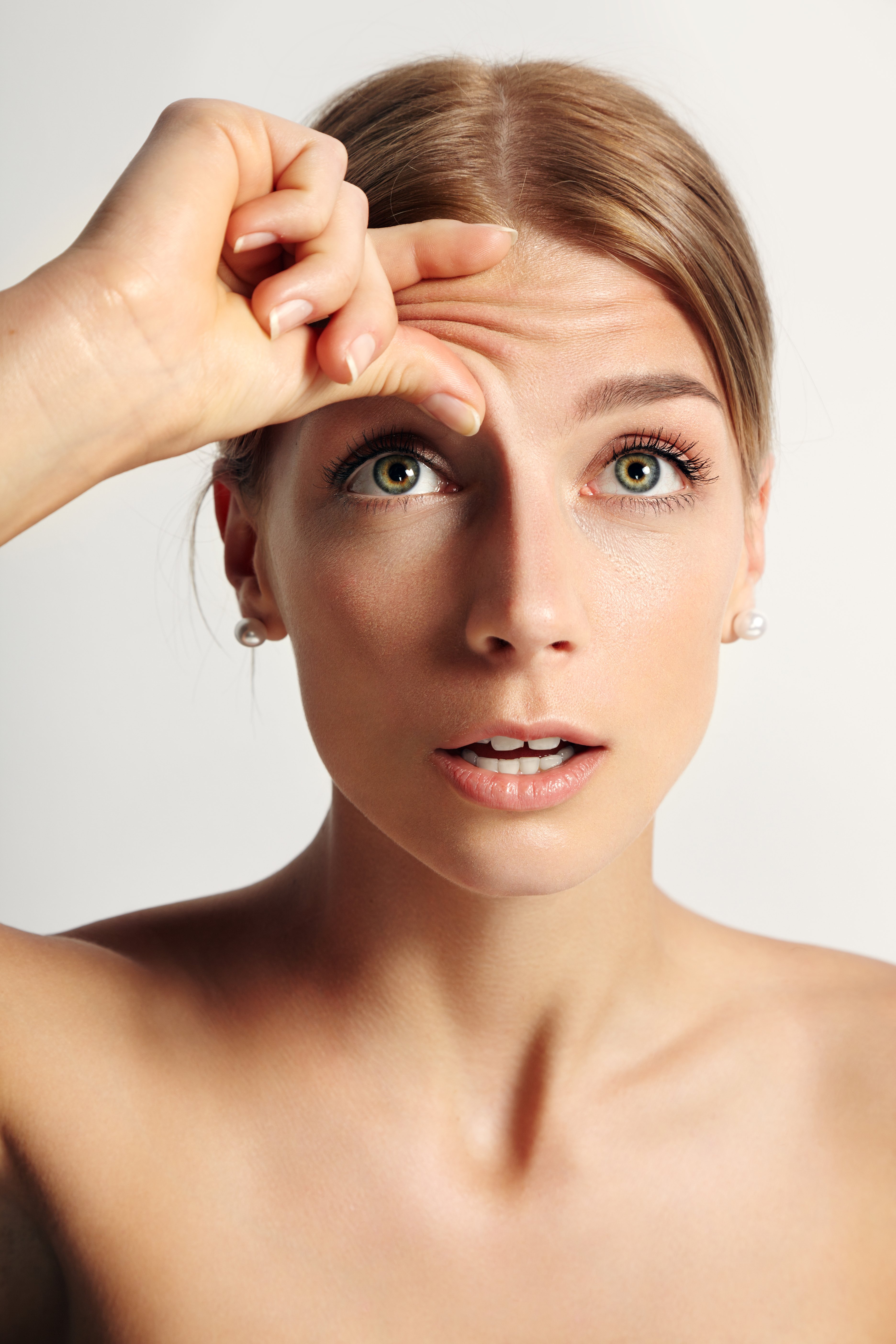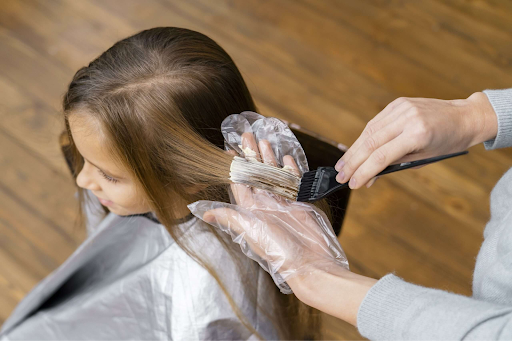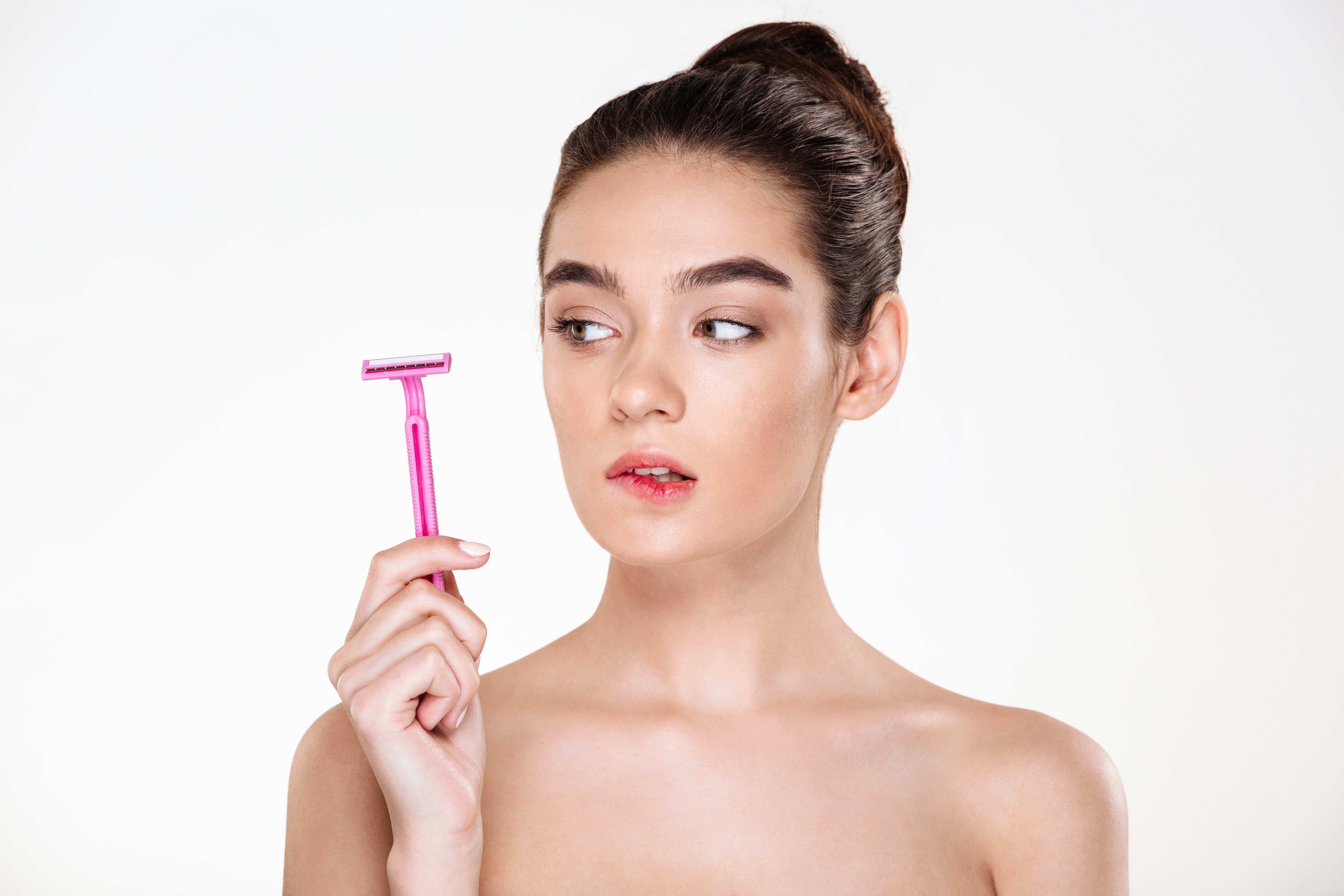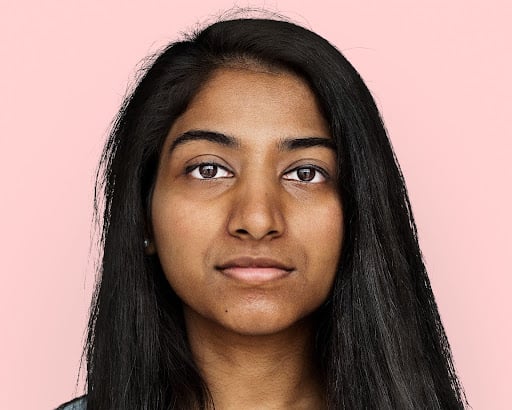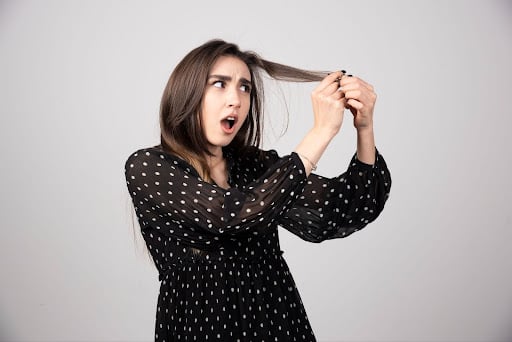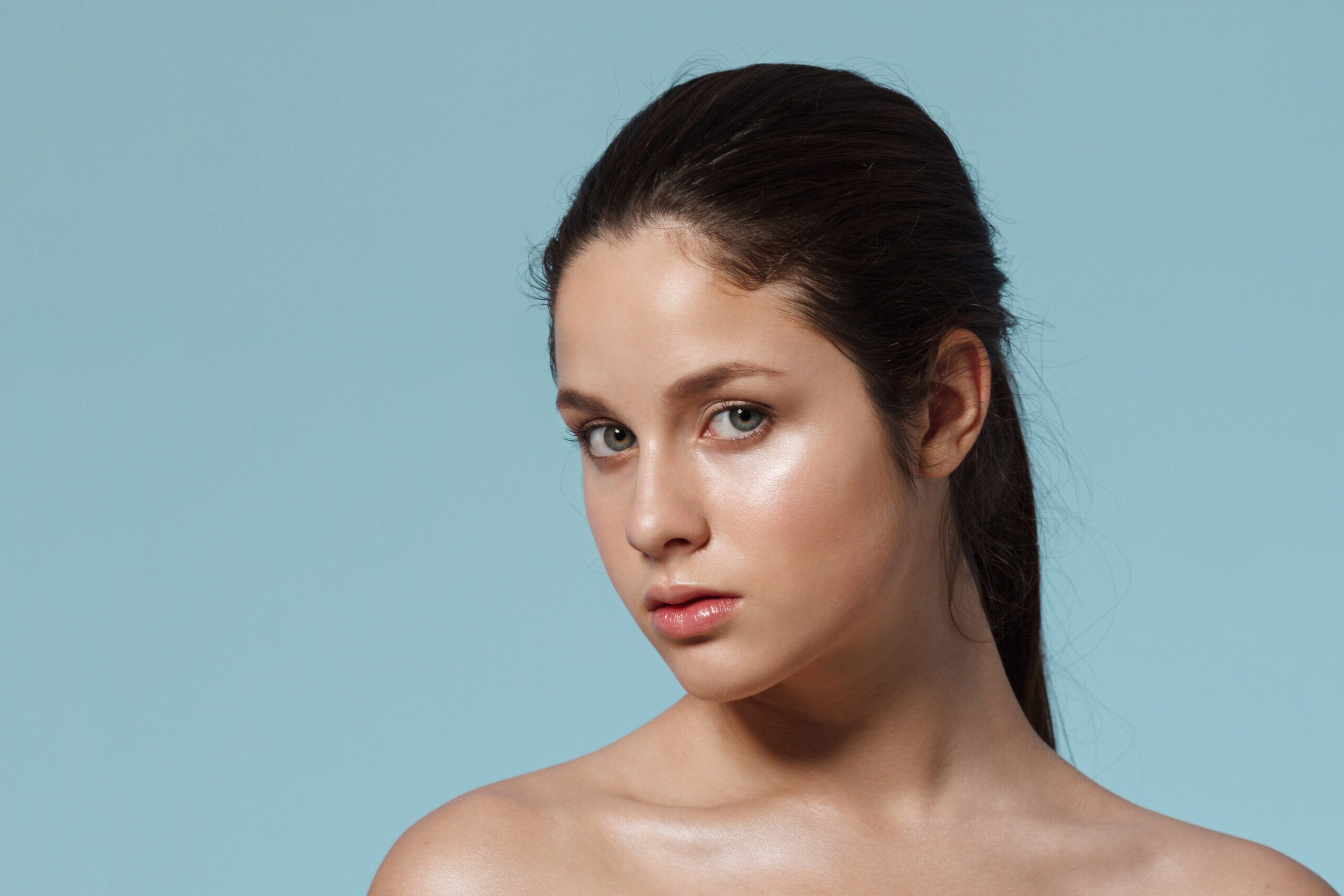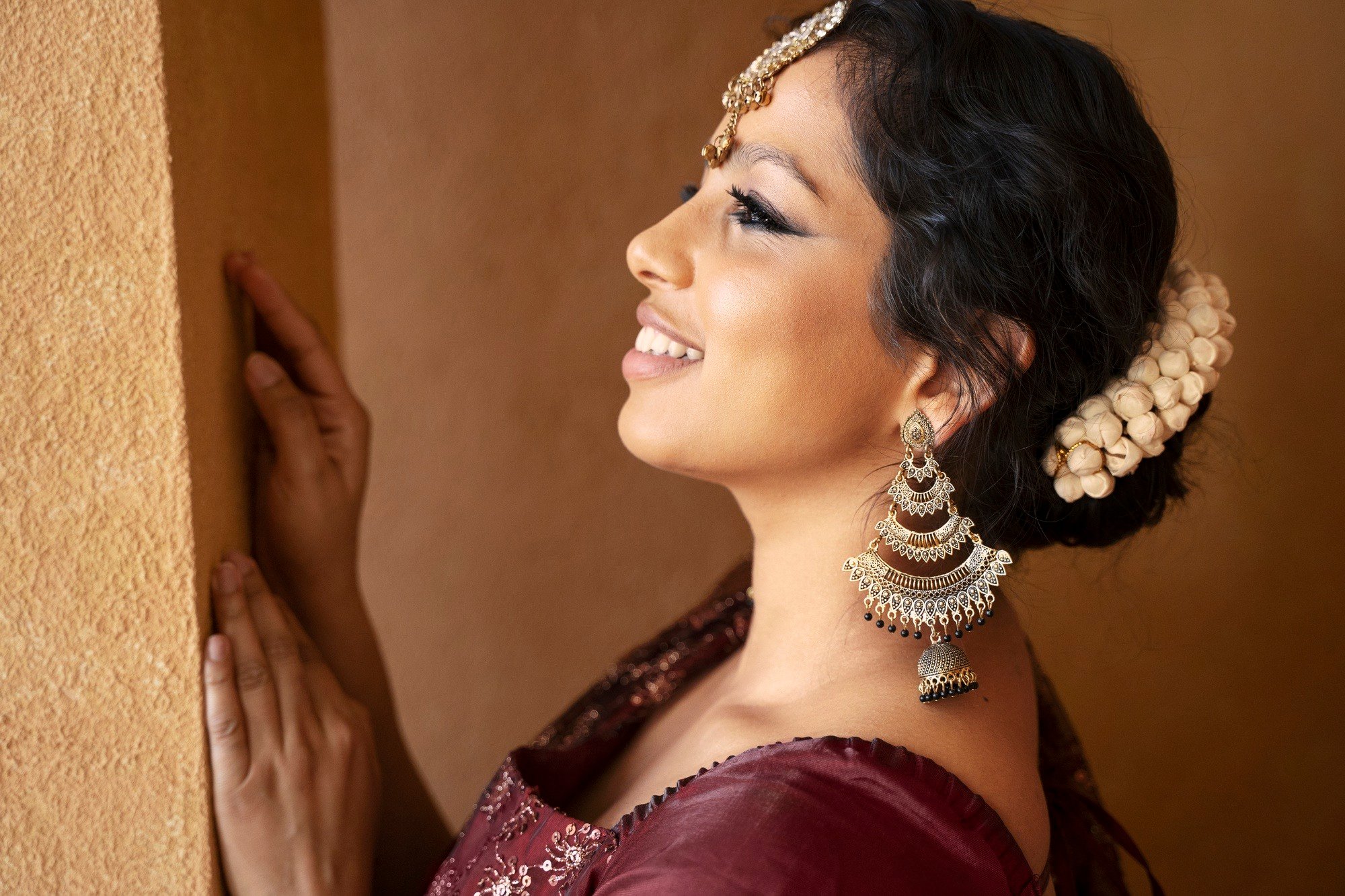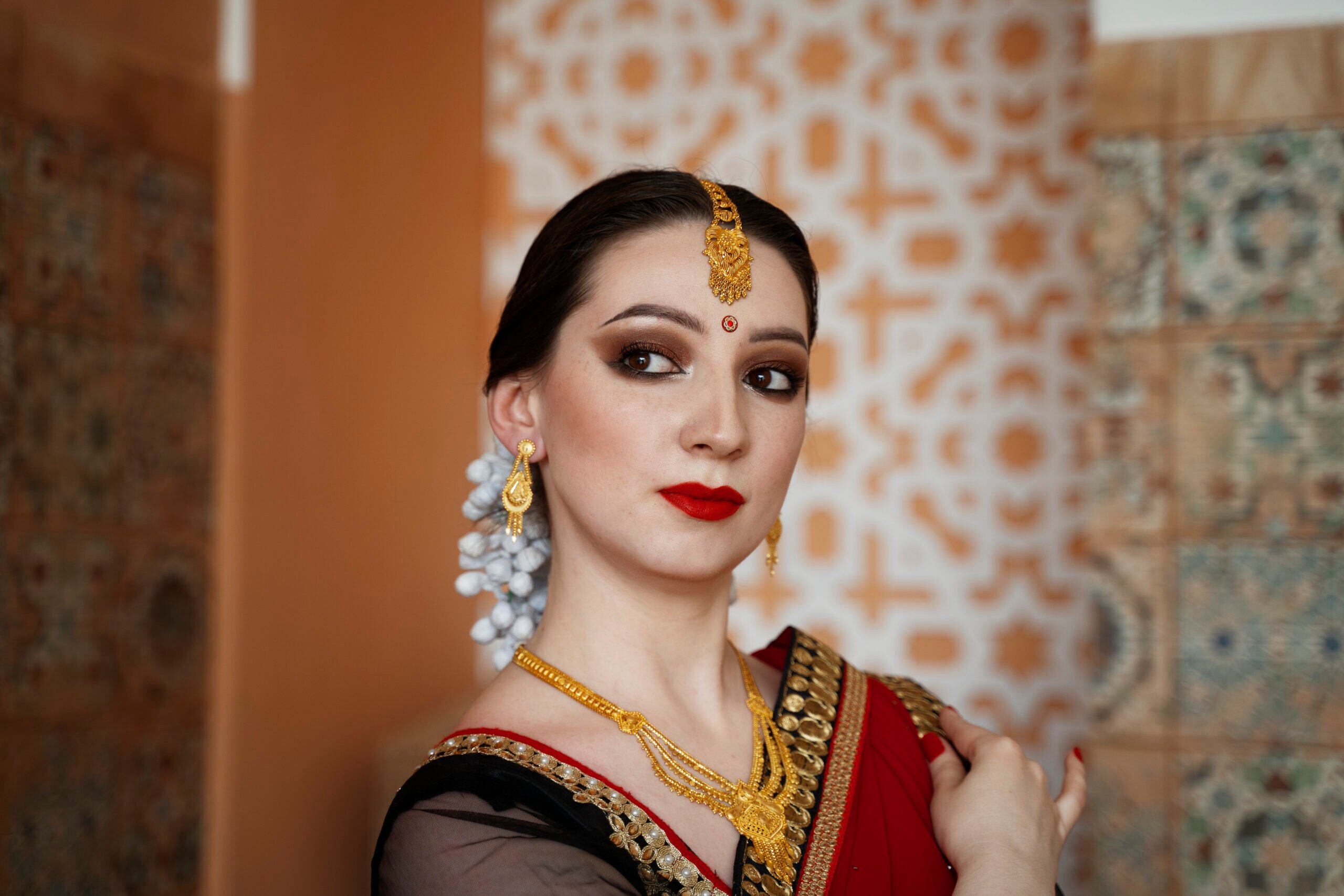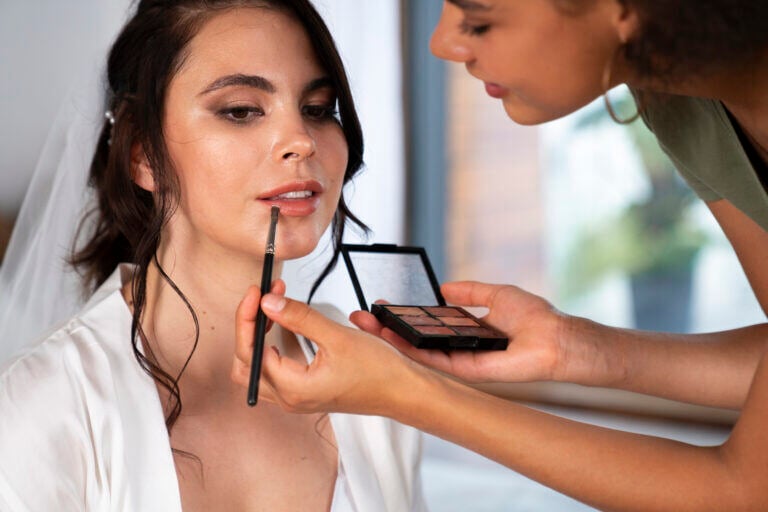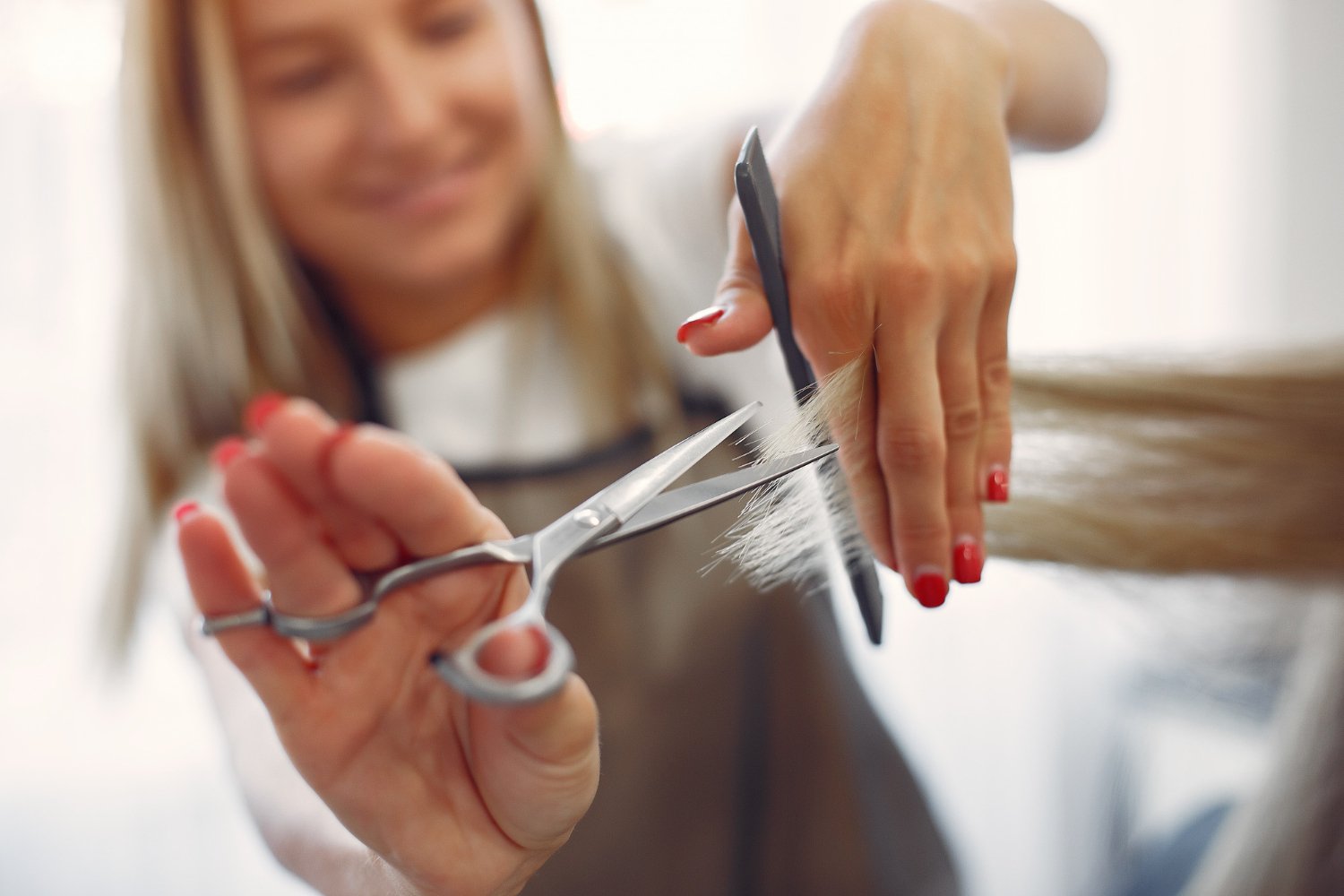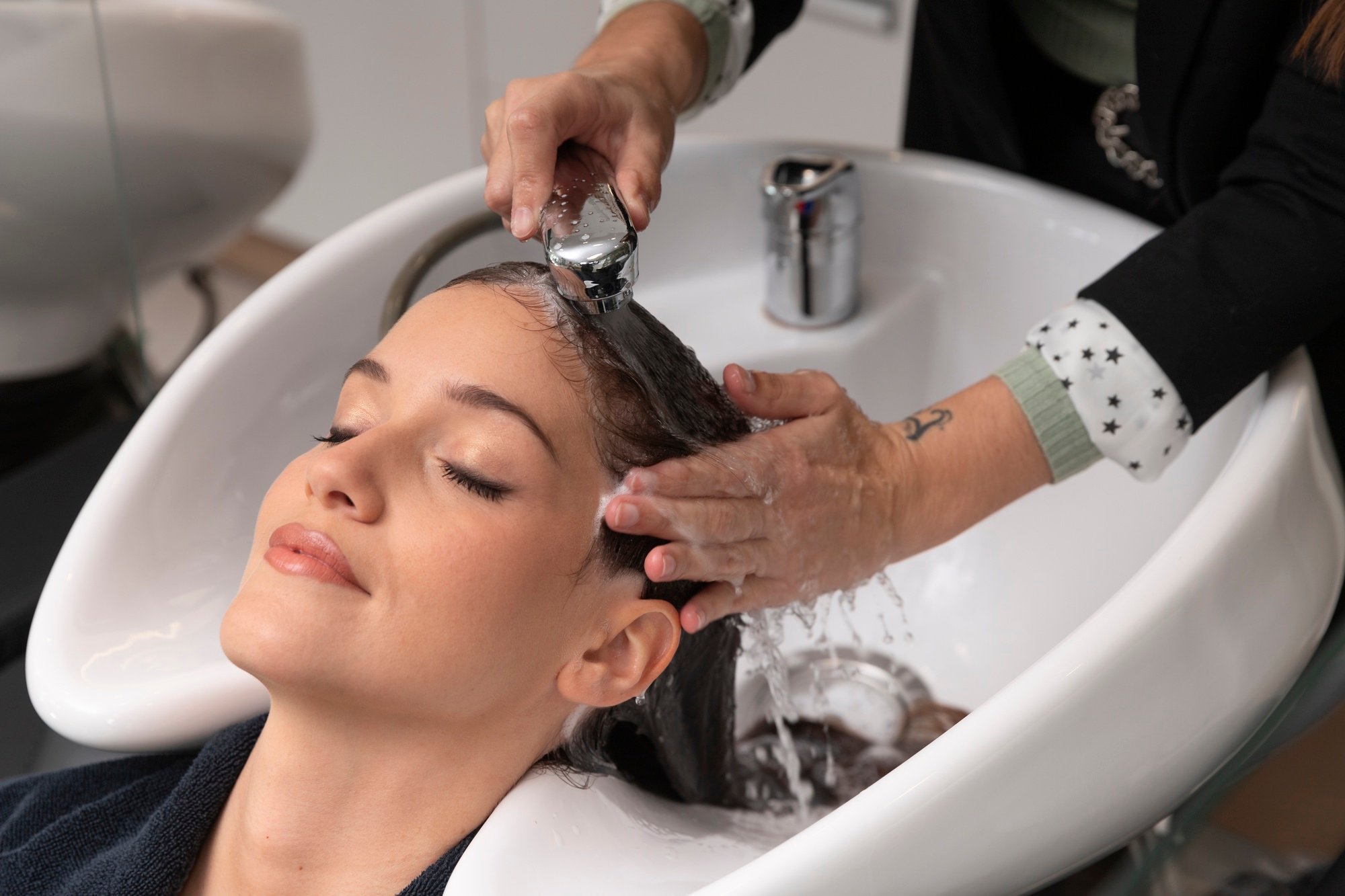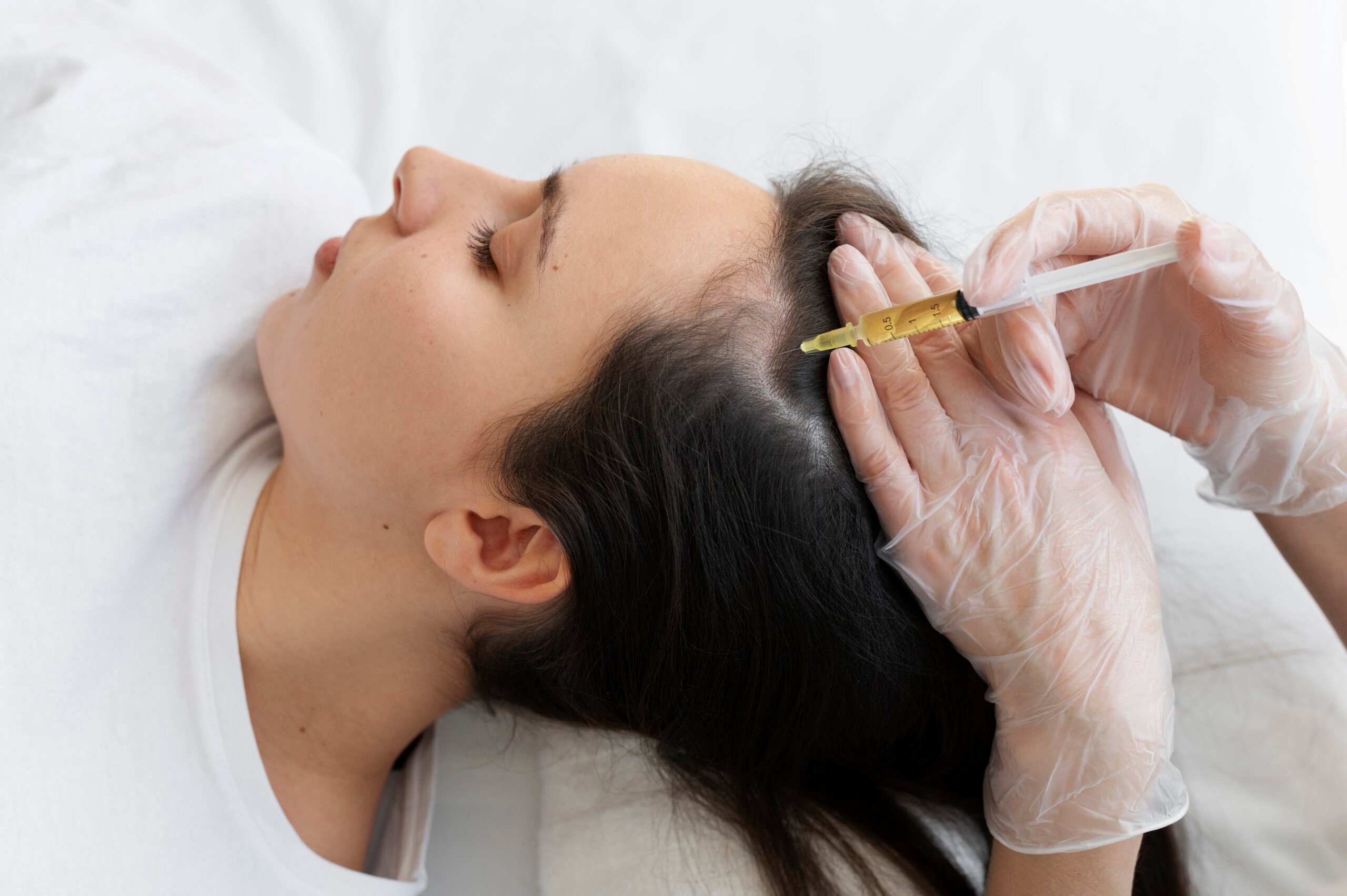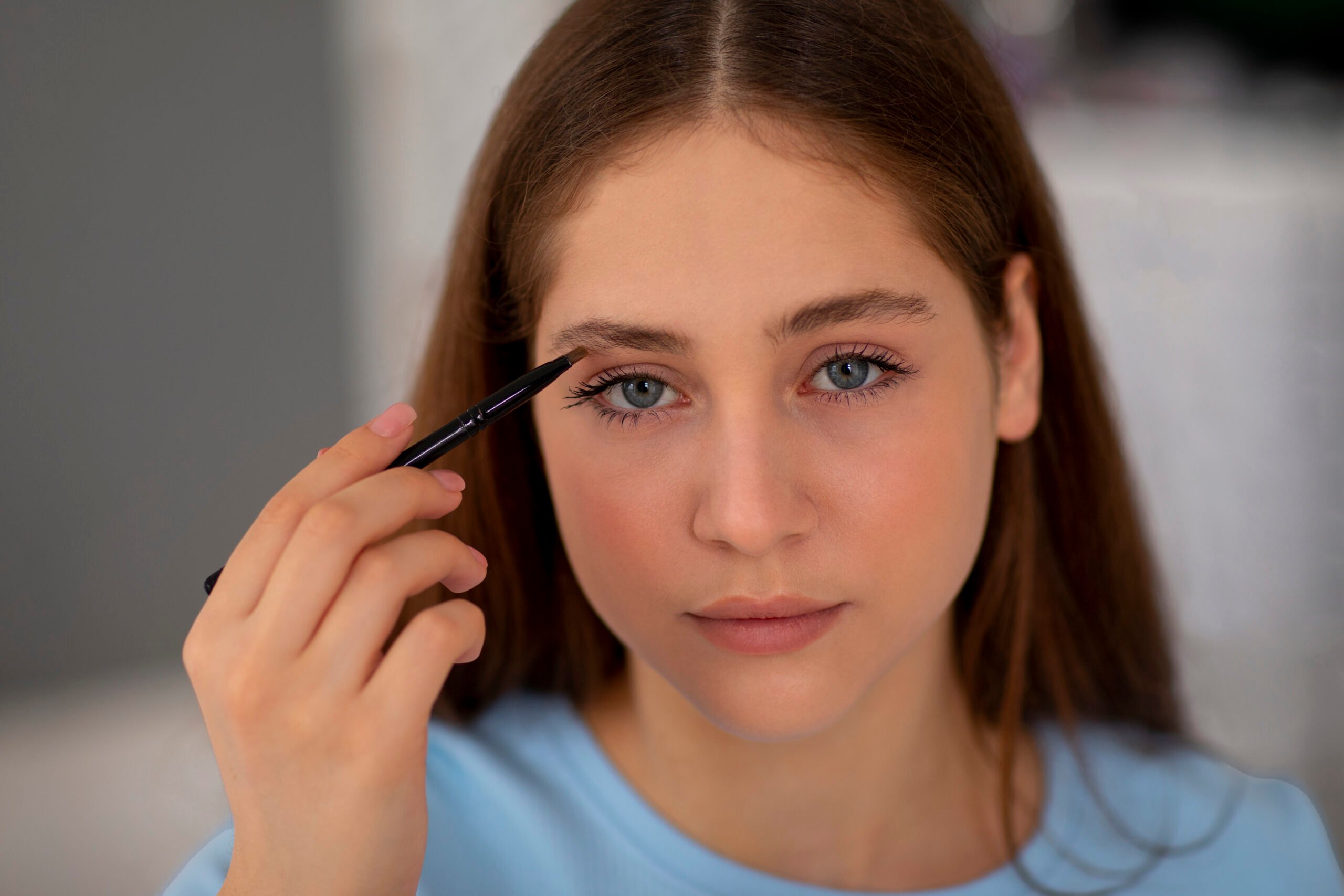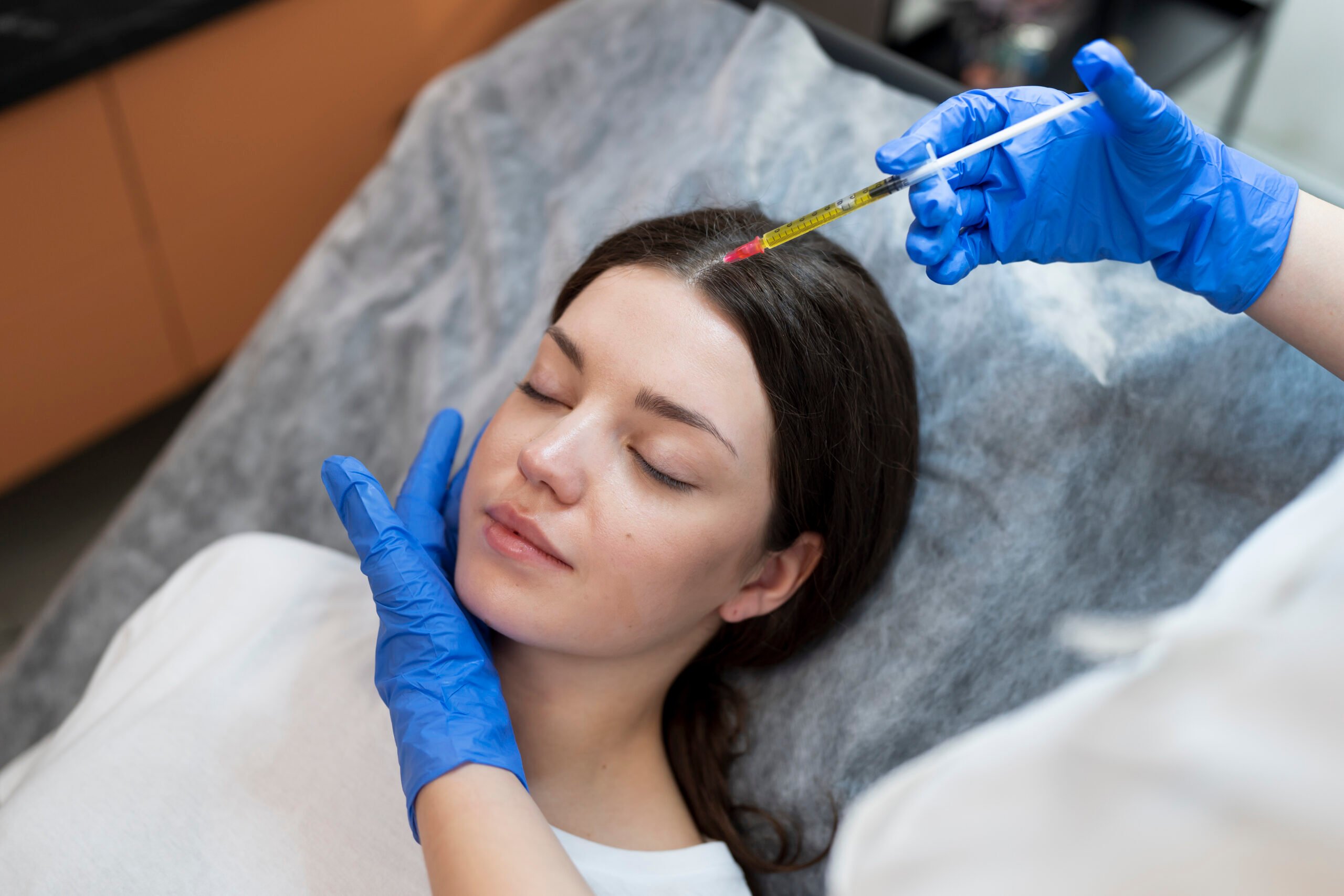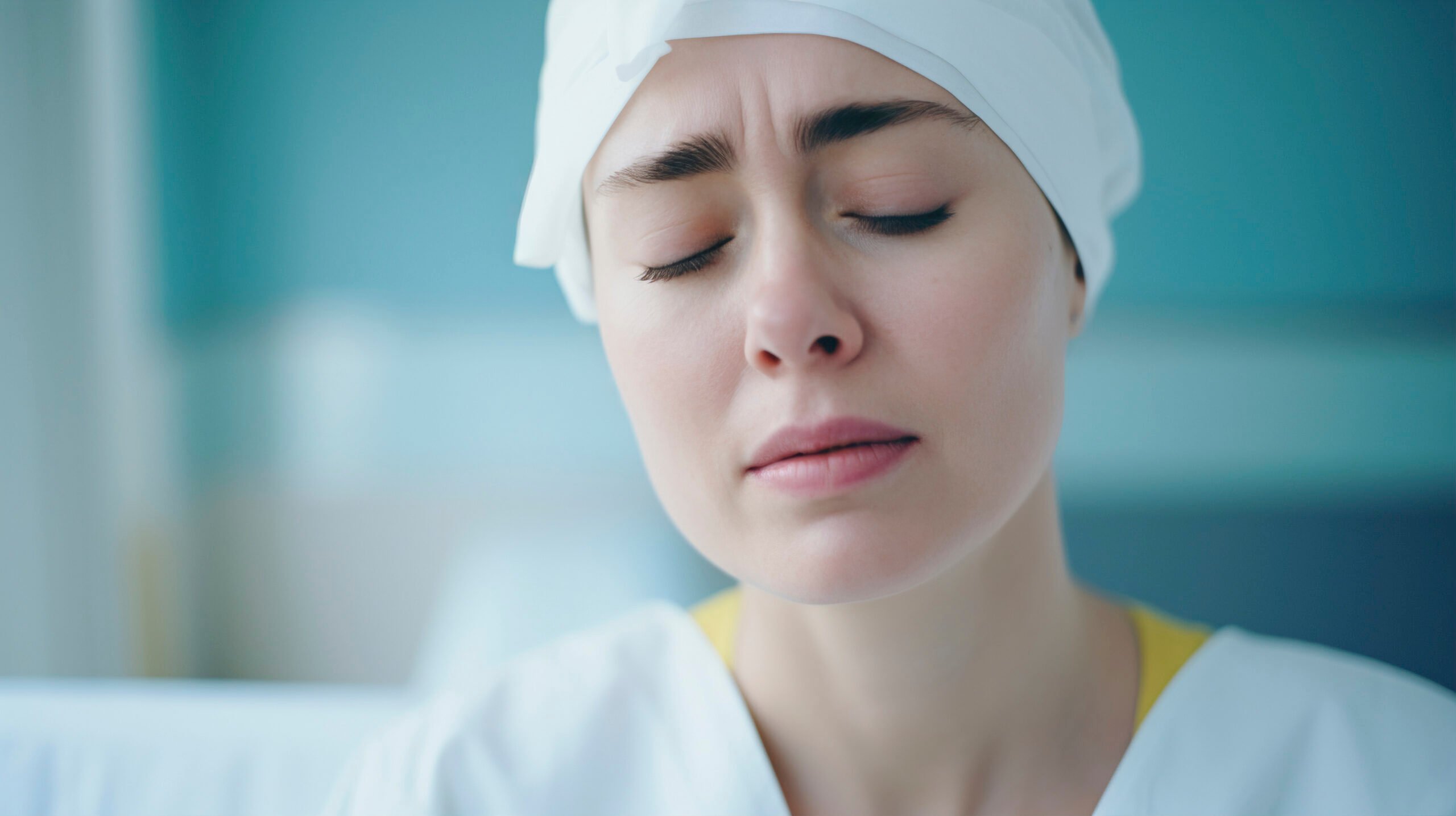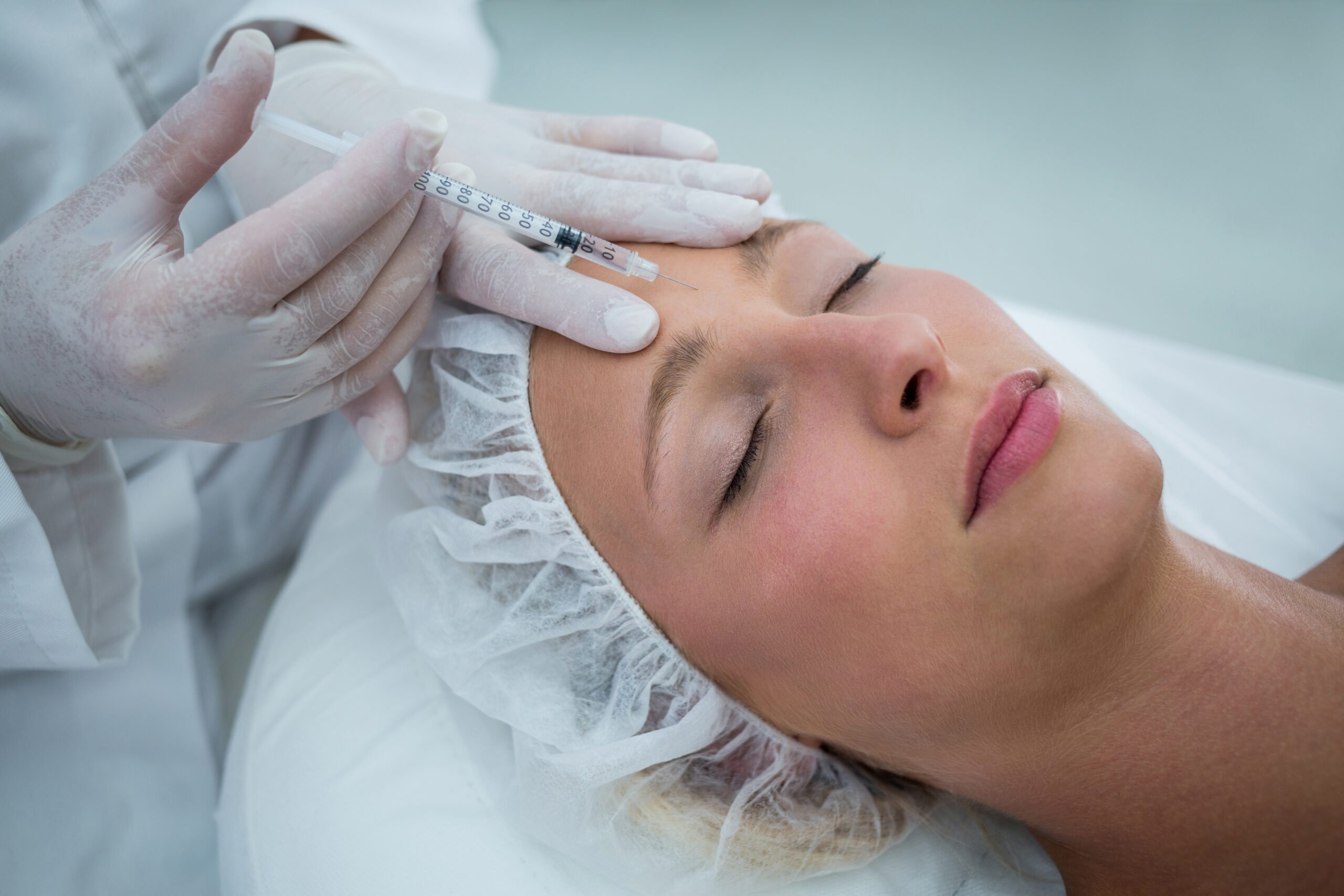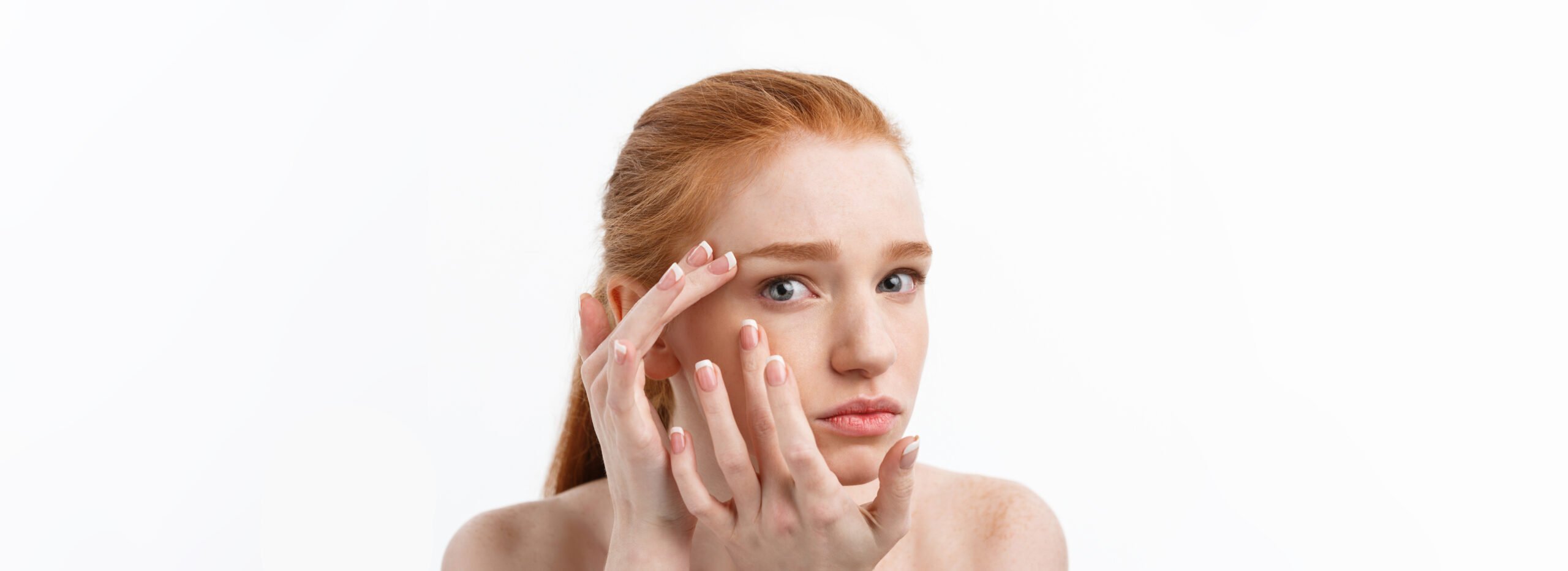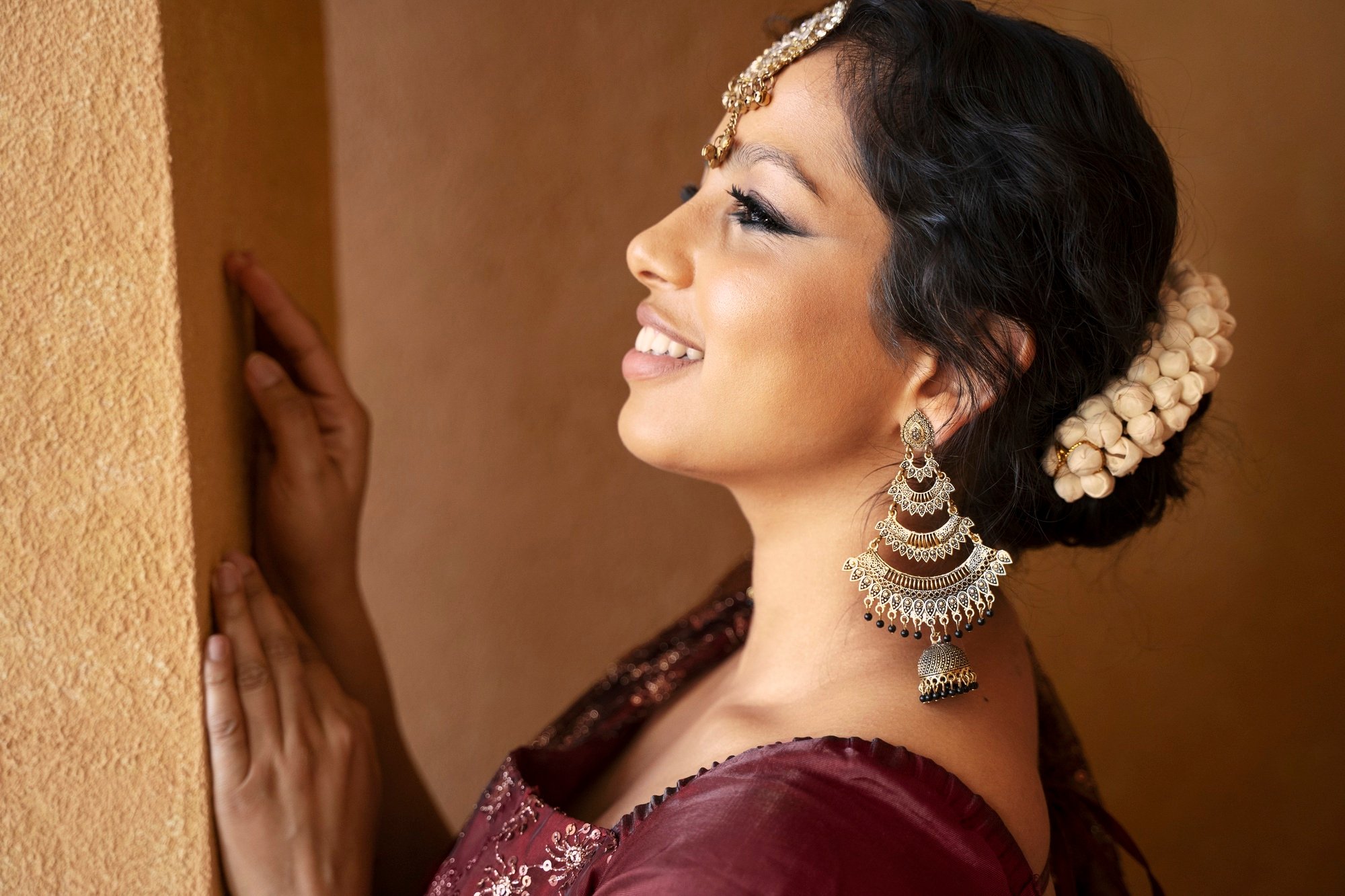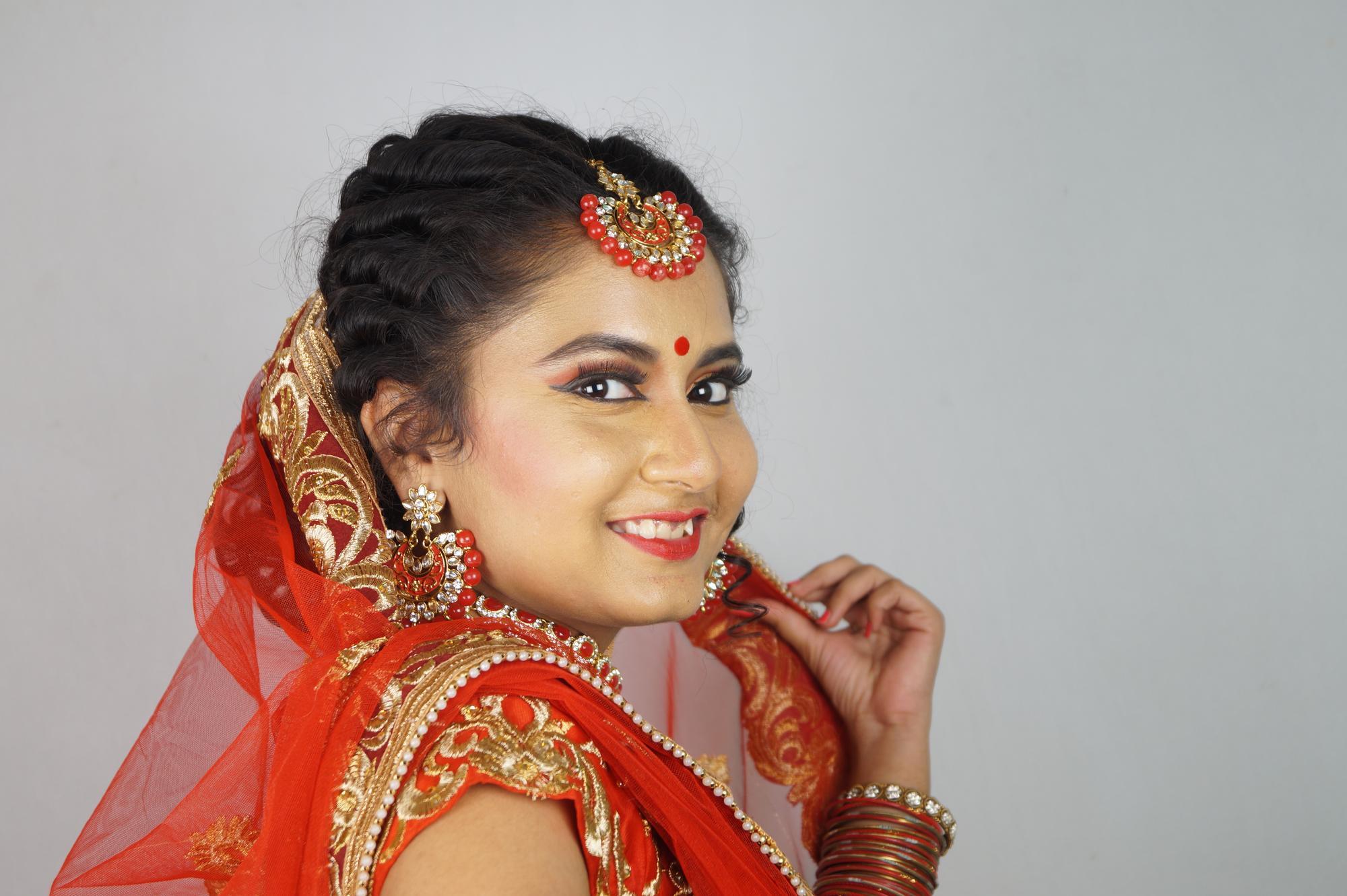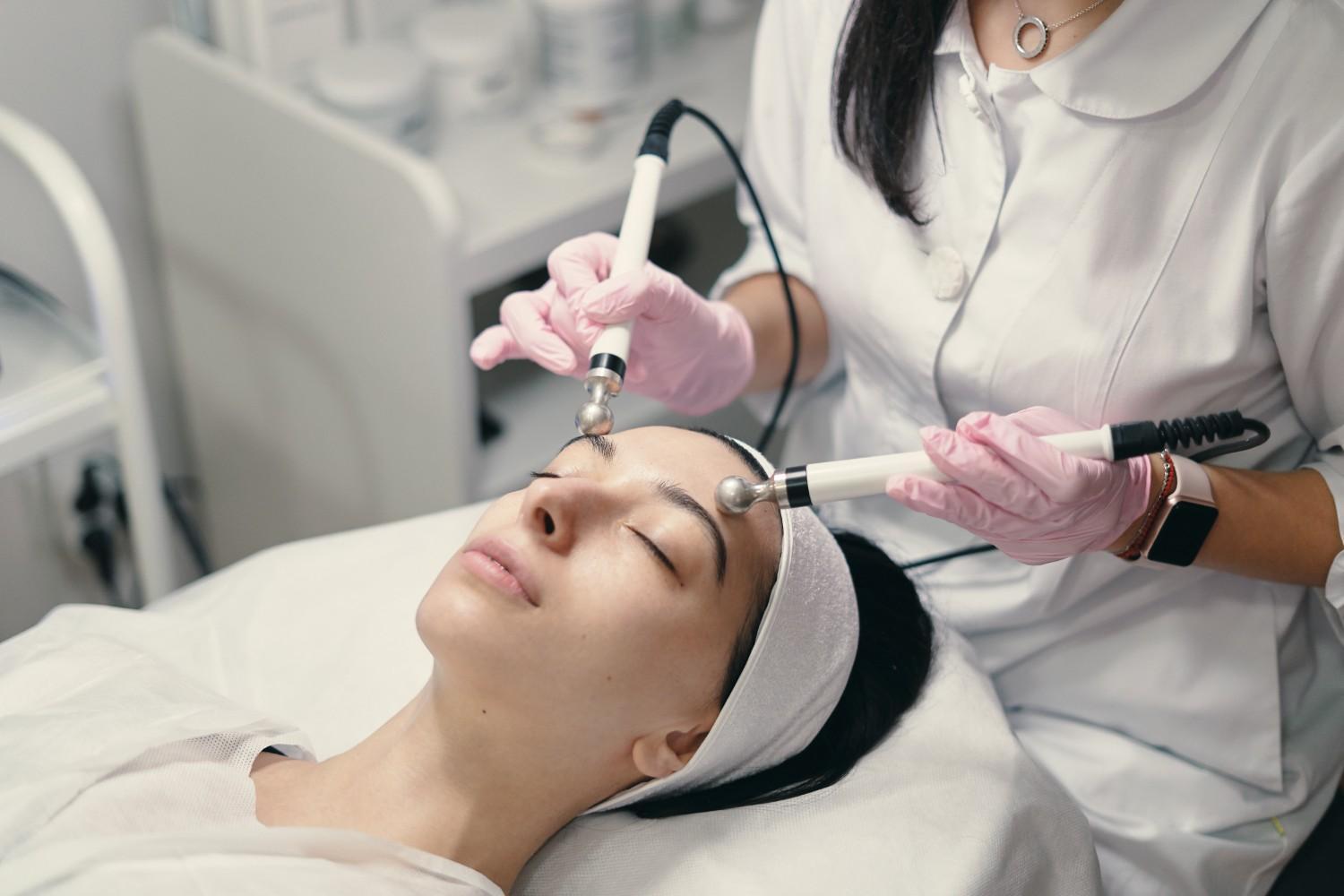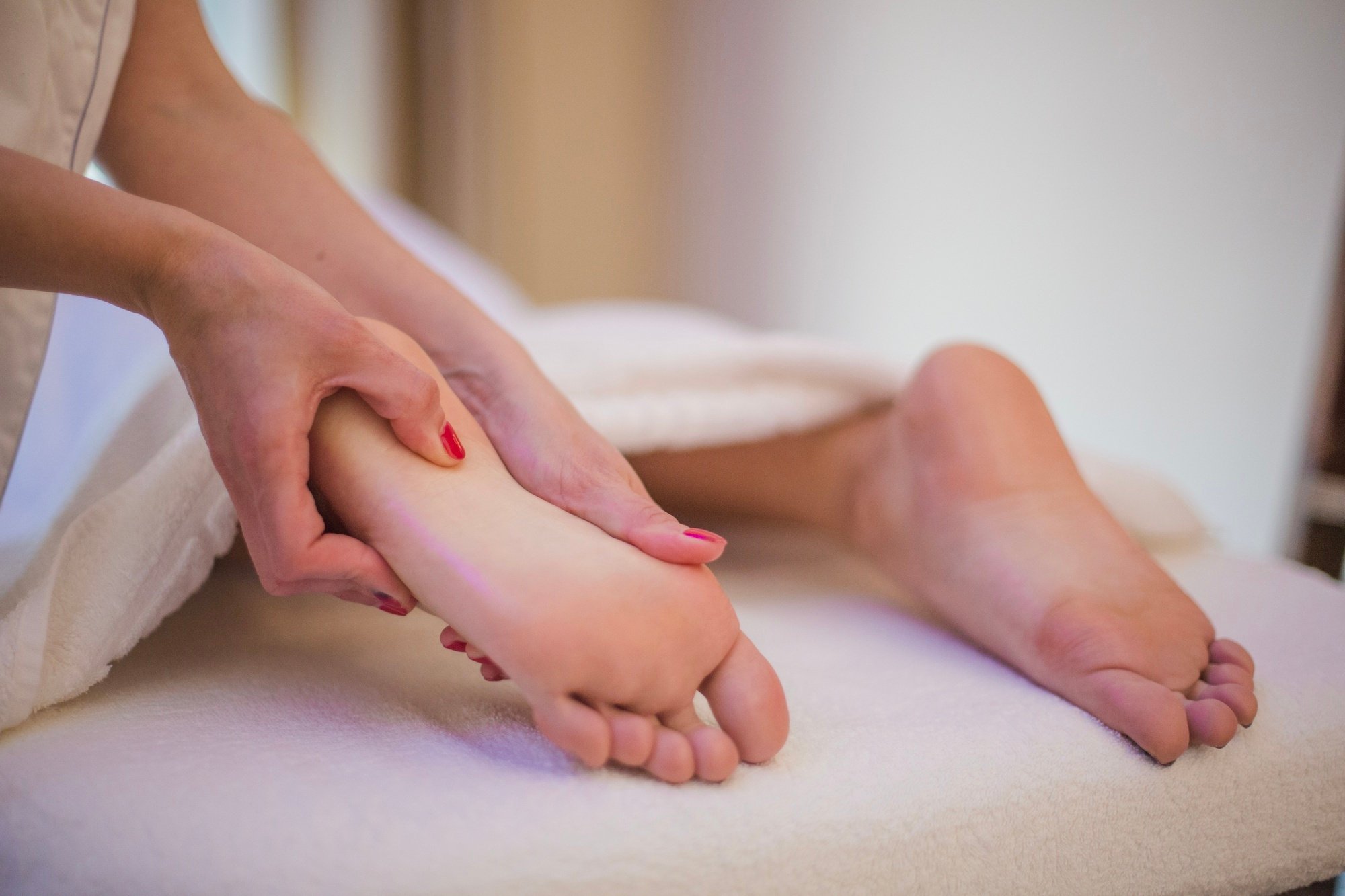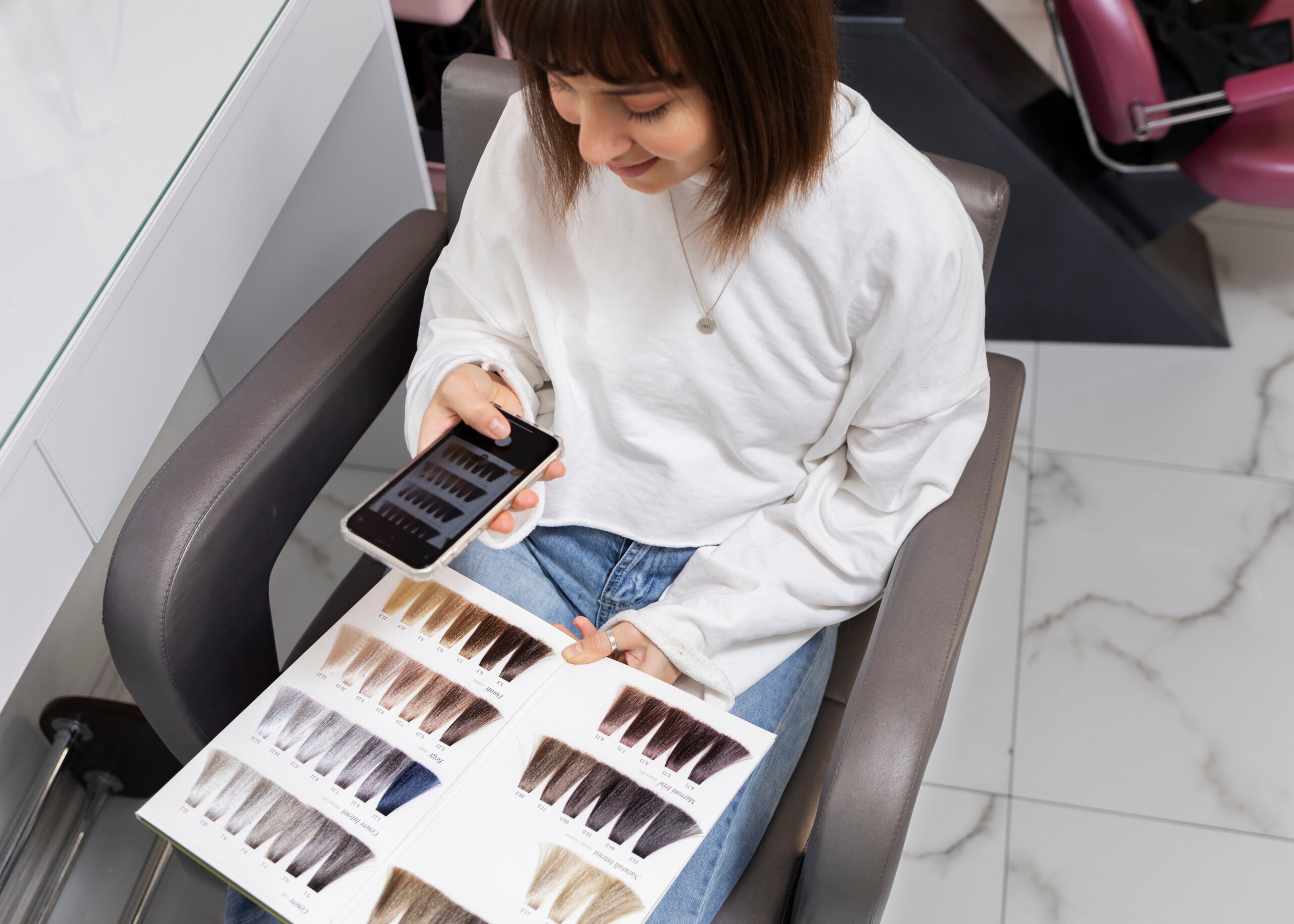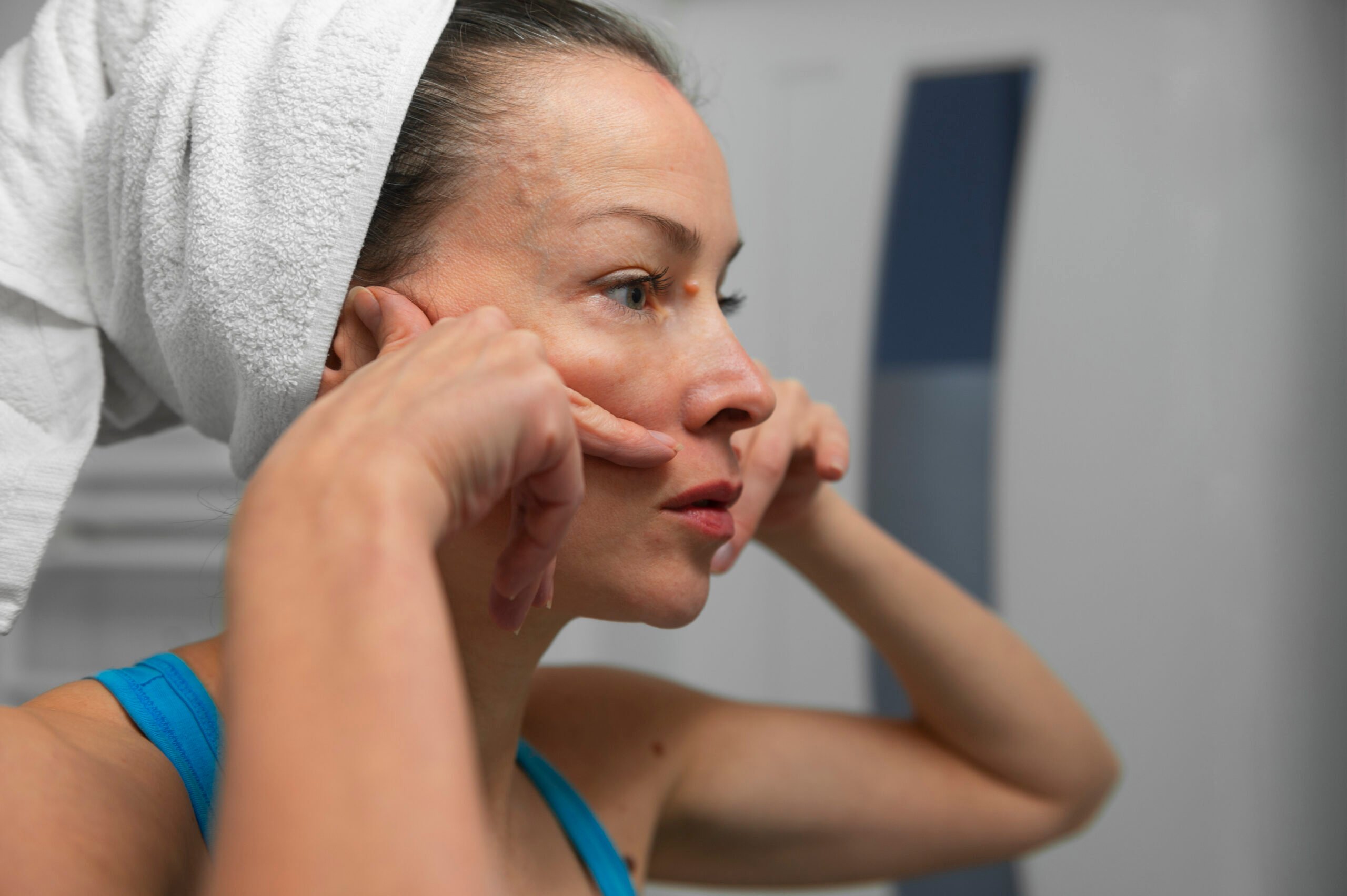Hair
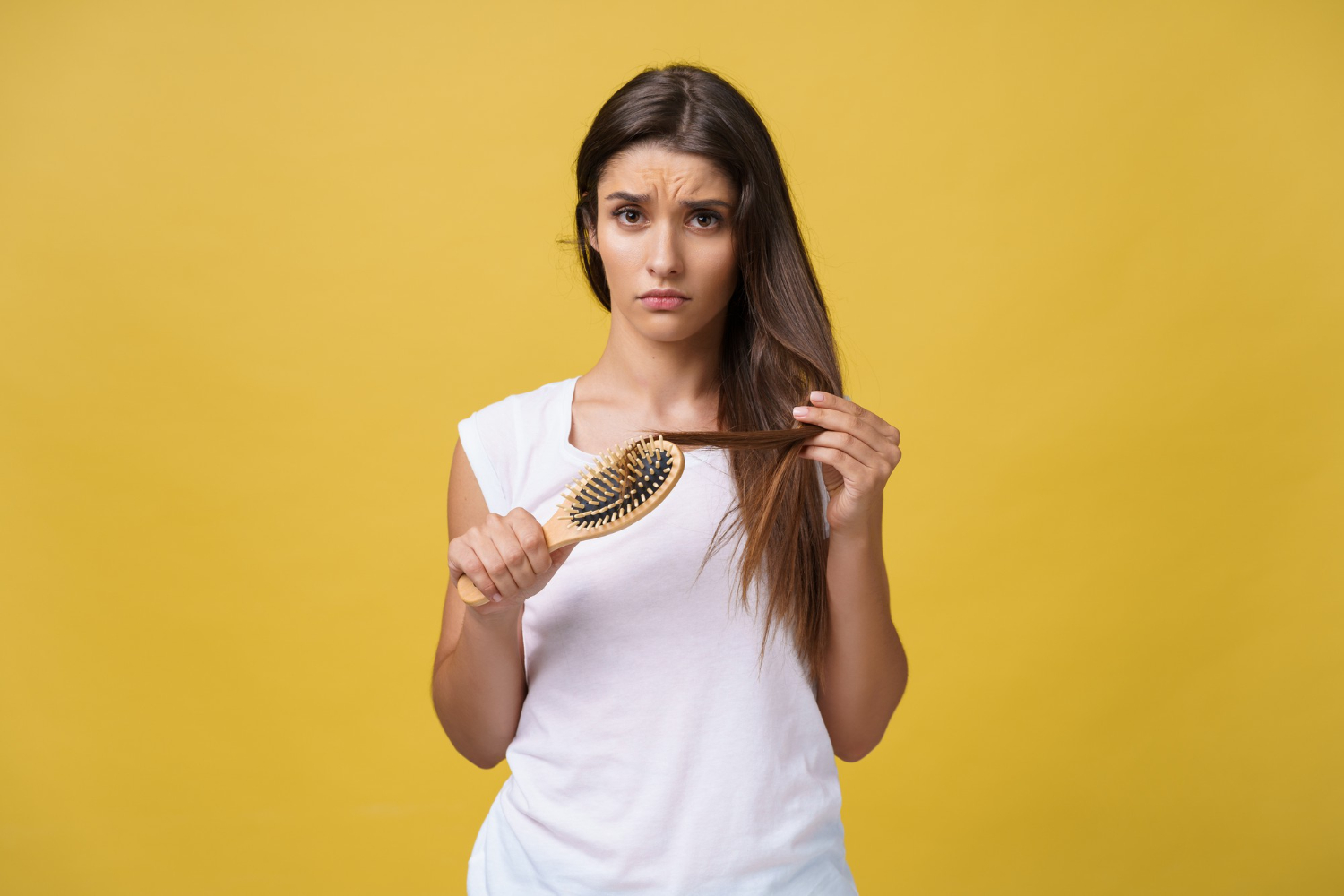
Hair
Different Types of Hair Loss Conditions and their Solutions
5 minutes read | 27 Sep 23
Tired of seeing excessive hair fall everywhere? Dealing with it can be frustrating, but knowing what’s causing it is the first step to fixing it. 
Let’s explore the types of hair fall and find effective hair-loss solutions to bring back the lost confidence. Let’s say goodbye to hair troubles and hello to strong, healthy hair.
What is Hair Loss?

Hair loss is the result of a slowed hair growth cycle, majorly affecting the scalp. Made of keratin, hair grows about 6 inches yearly, with 100,000–150,000 strands on the scalp. But losing up to 100 hairs daily is normal. Hair cycles through three phases: Anagen (growth), Catagen (transition), and Telogen (resting and shedding).
What Causes Hair Loss?
After understanding what hair loss is, it’s important to know the causes of hair loss and treatment options, as they are key to restoring healthy hair. Common causes include:
Genetics:
Hair loss is often genetic. Hormone-sensitive hair follicles, especially those sensitive to DHT, can shrink over time, leading to thinner hair and eventually no growth.
Hormonal Changes:
Shifting hormones during pregnancy, menopause, or due to excess DHT in men can disrupt hair growth, causing thinning or loss.
Medical conditions:
Conditions like thyroid issues, alopecia, or chemotherapy can trigger excessive hair fall.
Nutritional deficiencies:
Low levels of essential nutrients like iron, zinc, and biotin can weaken hair health, making it more prone to falling out.
Stress
High stress levels can trigger telogen effluvium, where large numbers of hair follicles enter the resting phase prematurely.

Different Types of Hair Loss
Understanding different types of hair fall conditions is the first step towards healthy and strong locks. The 9 different types of hair loss problems that you may be facing are:
- Involutional Alopecia
- Androgenic Alopecia
- Alopecia Areata
- Alopecia Universalis
- Trichotillomania
- Telogen Effluvium
- Scarring Alopecias
- Traction Alopecia
- Central Centrifugal Cicatricial Alopecia
- Anagen effluvium
Symptoms of Hair Loss
It’s not always easy to spot hair loss symptoms since it’s a gradual process, so here are some of the most common symptoms you should look out for.
Thinning hair
This is the most common symptom of hair loss. You may notice that your hair is getting thinner and less voluminous.
Sudden Hair Fall
Noticeable clumps of hair shedding unexpectedly.
Receding hairline
This is a common symptom in men and can be a sign of male pattern baldness.
Widening partition
Similar to a receding hairline, a widening partition can signify hair loss, which is more common among women.
Bald spots
This is a symptom where people lose hair in random patches or spots on their heads.
Excessive shedding
If you’re losing more hair than usual while combing or brushing your hair, this can be a symptom of hair loss.
Changes in Texture
Hair loss can alter the texture of your remaining hair. It may become finer, more brittle, or lack the healthy shine it once had. Changes in texture are a noticeable sign of ongoing hair loss.
Itchy or Painful Scalp
An itchy or painful scalp can be indicative of an underlying issue leading to hair loss. Conditions like dandruff, fungal infections, or even excessive dryness can contribute to this discomfort.
Lack of Regrowth
After hair falls out, new growth should replace it. If you observe a lack of regrowth in areas where hair has shed, it may signify an interruption in the hair growth cycle, potentially due to underlying health concerns.
Changes in Nail Health
Surprisingly, changes in nail health can sometimes signal underlying issues leading to hair loss. Regular observation of both hair and nail health is advised for an overall view of well-being.
Stages of Hair Loss
Hair loss progresses through distinct stages:
Initial Thinning:
Subtle volume reduction.
Noticeable Shedding:
Visible signs of hair fall.
Advanced Hair Loss:
Receding hairlines or bald spots.
Treatments For Hair Loss
If you’re experiencing hair loss, consult a hair care expert or trichologist. Learn more about the types of hair loss by reading our blog. Here are three effective treatments for hair loss:
PRP Hair Regrowth Treatment
PRP, or platelet-rich plasma, is a medical procedure in which blood is collected, processed, and injected into the scalp to cure hair loss. This procedure only takes a few minutes and is safe because it uses your blood to regenerate hair.

GFC Hair Loss Treatment
Growth Factor Concentrate, or GFC, is a highly effective hair loss treatment employing growth factors in your blood. The growth factors are introduced to the hair root during the GFC hair loss treatment by superficially injecting them into the scalp.

QR678 Hair Growth Treatment
QR678 stands for Quick Response to a disease, which previously had no answer. A non-surgical hair regrowth technique which encourages hair growth while minimising excessive hair fall.

When to See a Trichologist?
If hair loss symptoms persist despite home remedies or worsen over time, it’s best to consult a trichologist. Early intervention can prevent further damage and provide effective treatment.
Hair loss can stem from genetics, hormonal changes, or medical conditions. By understanding the types of hair fall and exploring different types of hair fall treatments, you can take proactive steps to restore your hair’s health. Visit your nearest Bodycraft hair clinic for expert advice and personalised care.
FAQs
How much hair fall is normal?
It’s normal to lose around 50-100 hair strands a day.
Is it possible to regrow my hair?
If your hair follicle is still intact, it is possible to still regrow your hair.
Which vitamins are good for hair growth?
Vitamins like vitamins B, B7, D and C are extremely important for normal cell growth and the biological functioning of the hair.
What is the cost of hair fall treatment?
At Bodycraft, the cost of our hair loss treatments ranges from Rs. 4500 – Rs. 10,000.
Is hair loss treatment permanent?
Most hair loss treatments manage hair loss temporarily and require multiple sessions of the same treatment to keep up the results.
Can hair fall be stopped?
While complete prevention may not be possible, you can stop hair fall through a balanced diet, gentle hair care, stress management, medical treatments, and hair transplantation if needed.
Can genetic hair loss be cured?
Genetic hair loss isn’t curable, but treatments like minoxidil, finasteride, and hair transplantation can slow or partially reverse it.
Can hair colour or keratin treatment cause hair loss?
Improper use of hair color or keratin treatments can make hair brittle, leading to breakage and temporary thinning. They don’t directly cause hair loss but require proper aftercare and guidance.
What is 1 stage of hair loss?
The initial stage involves subtle thinning, often with minimal visible changes. Early detection increases the chances of effective treatment.
How do I know my hair loss type?
A dermatologist can diagnose your hair loss type through an examination, medical history, and tests, helping recommend the right treatment.
Is it possible to increase hair density after hair loss?
Yes, hair density can improve with scalp care, a nutrient-rich diet, growth products, or medical treatments like PRP therapy or hair transplants.
Does overthinking cause hair loss?
Yes, overthinking and stress can trigger hair loss by affecting hair growth cycles.
Is hair loss due to stress permanent?
Stress-related hair loss is usually temporary. Hair regrowth may take 6–7 months once the stress is managed effectively.
Related categories
Get a complimentary consultation today. Book now
























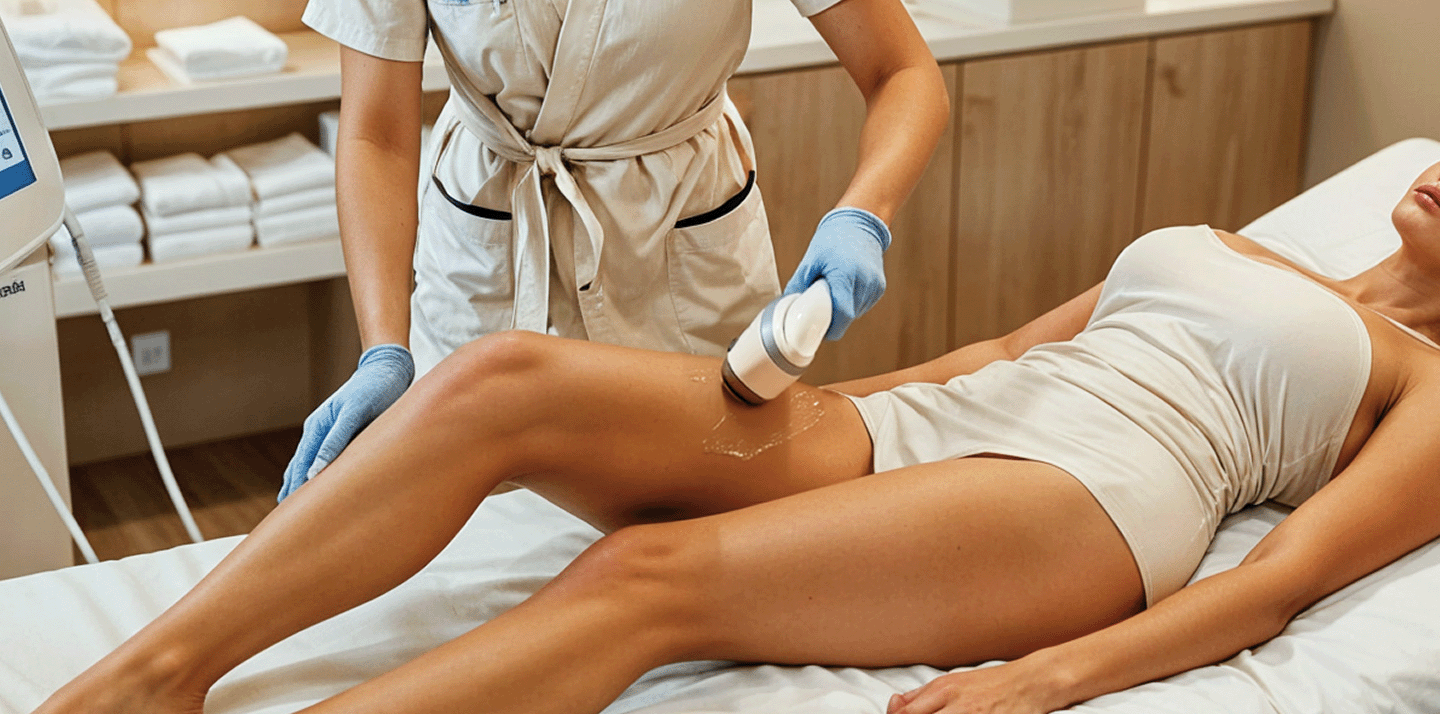














.png)

























-1.png)

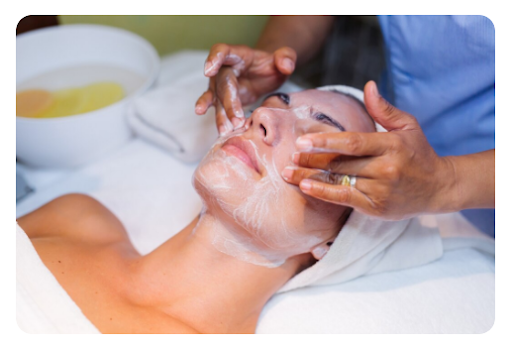
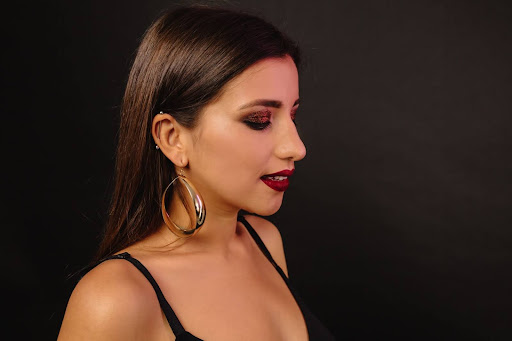
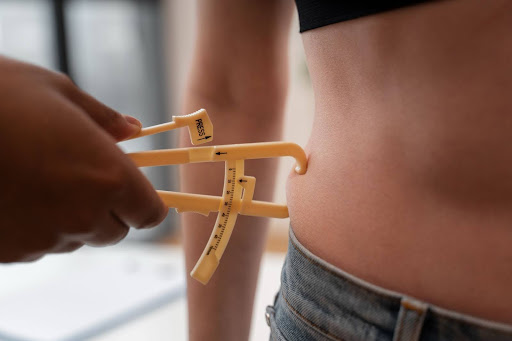

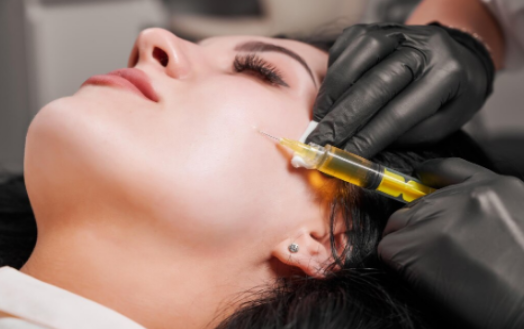
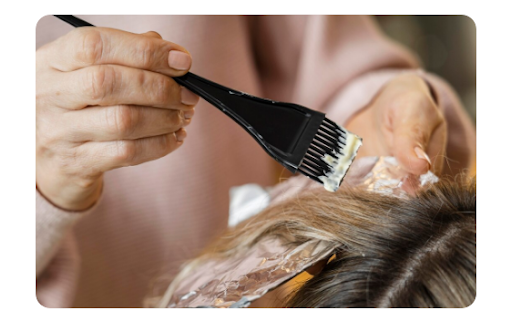

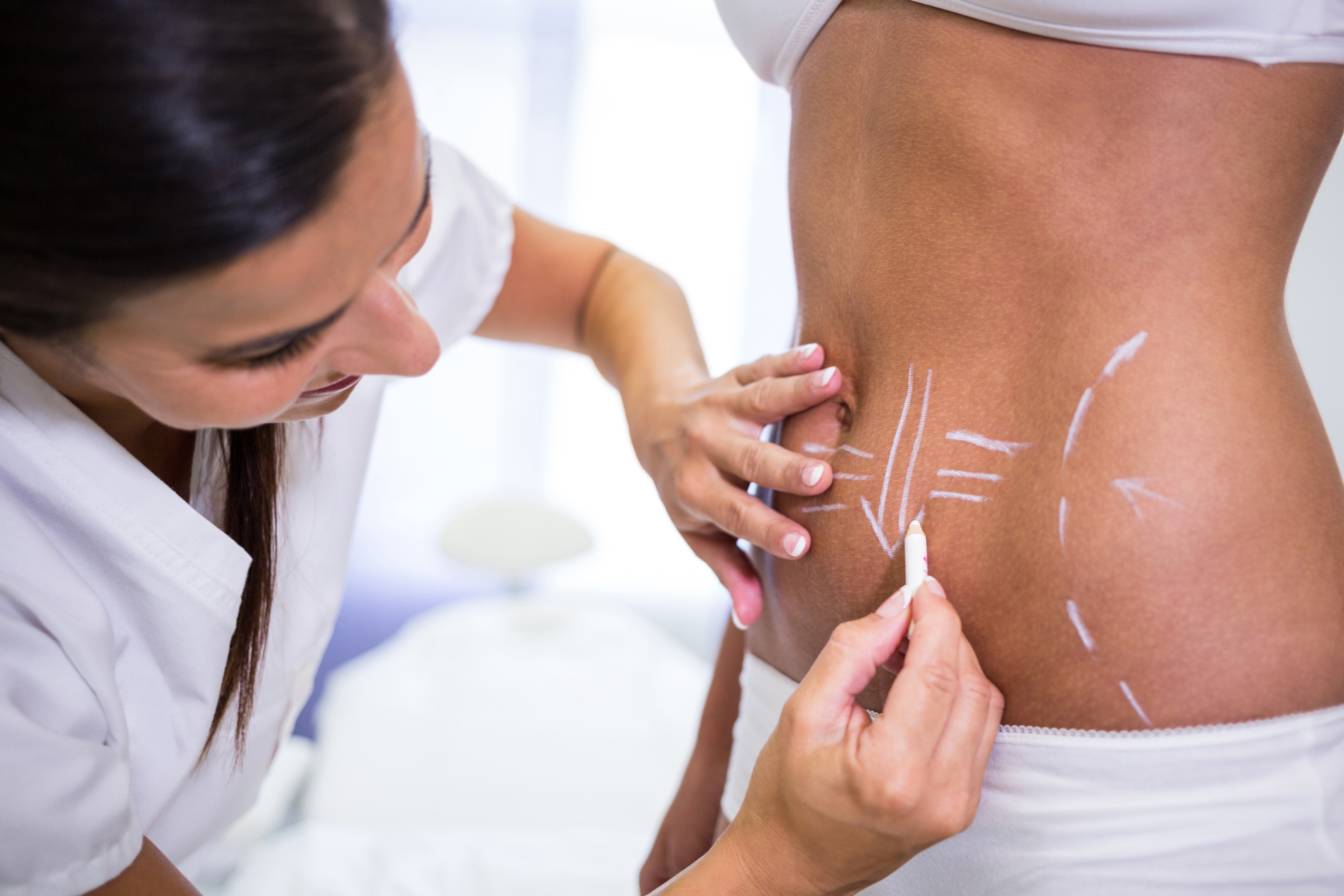
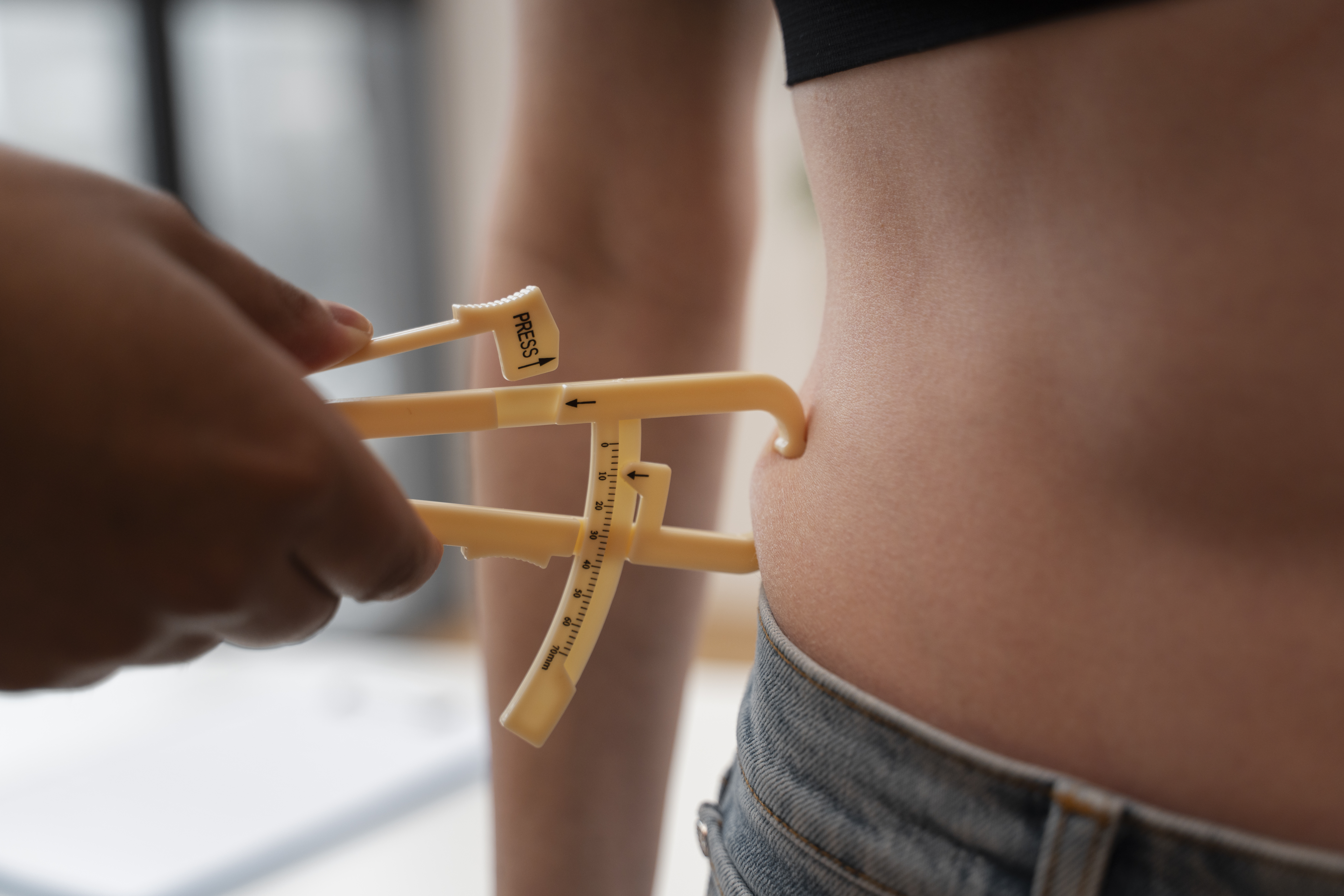
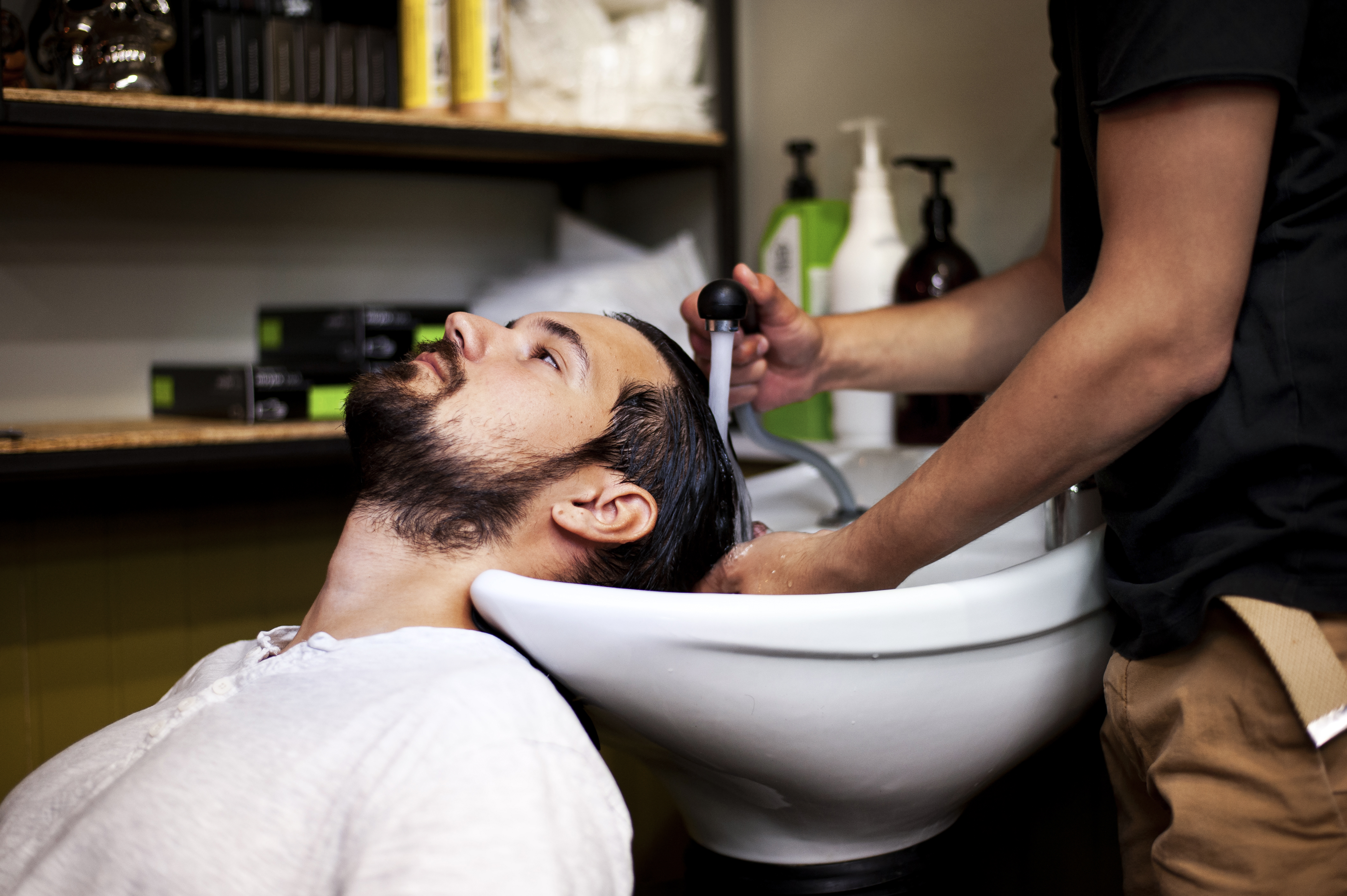
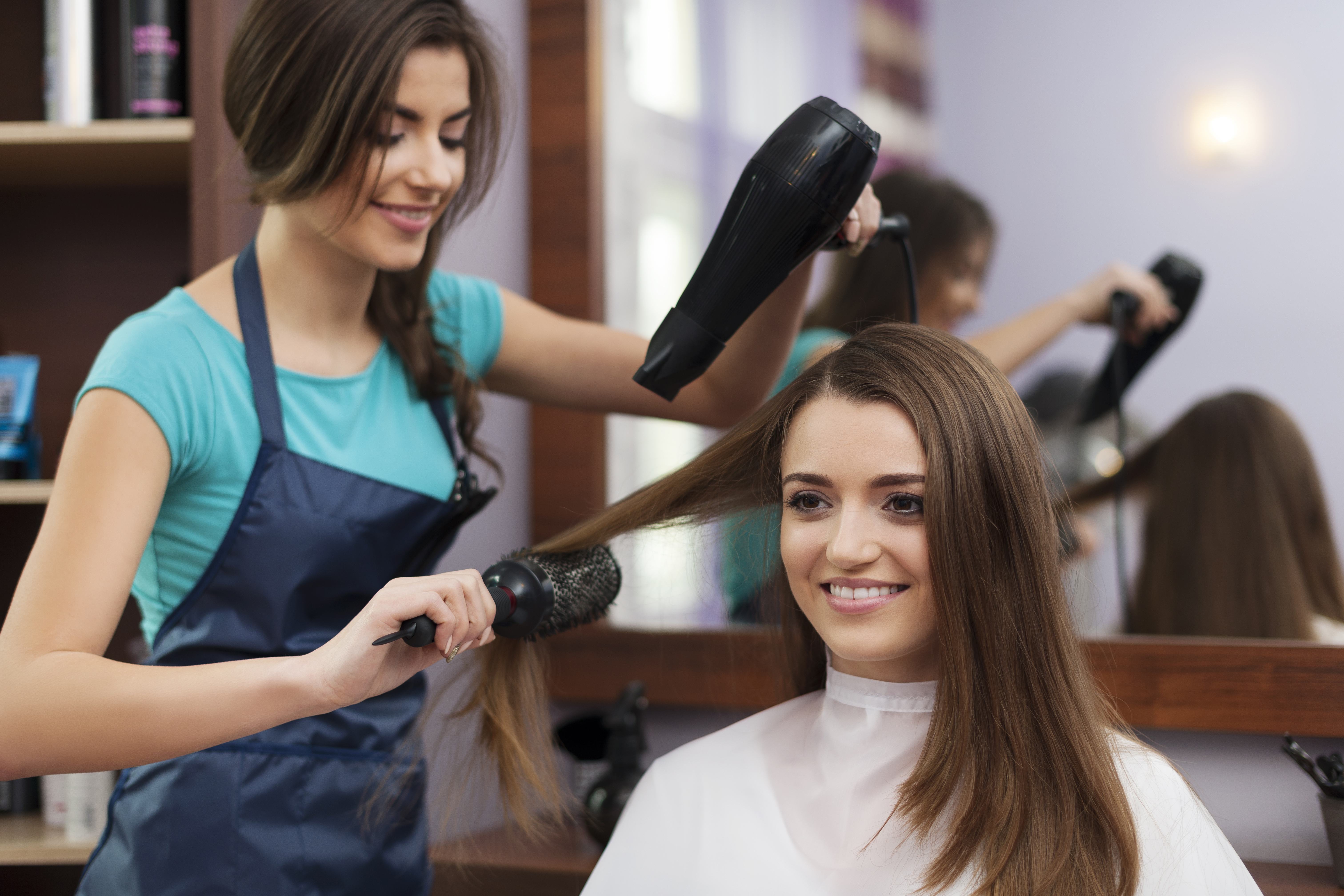
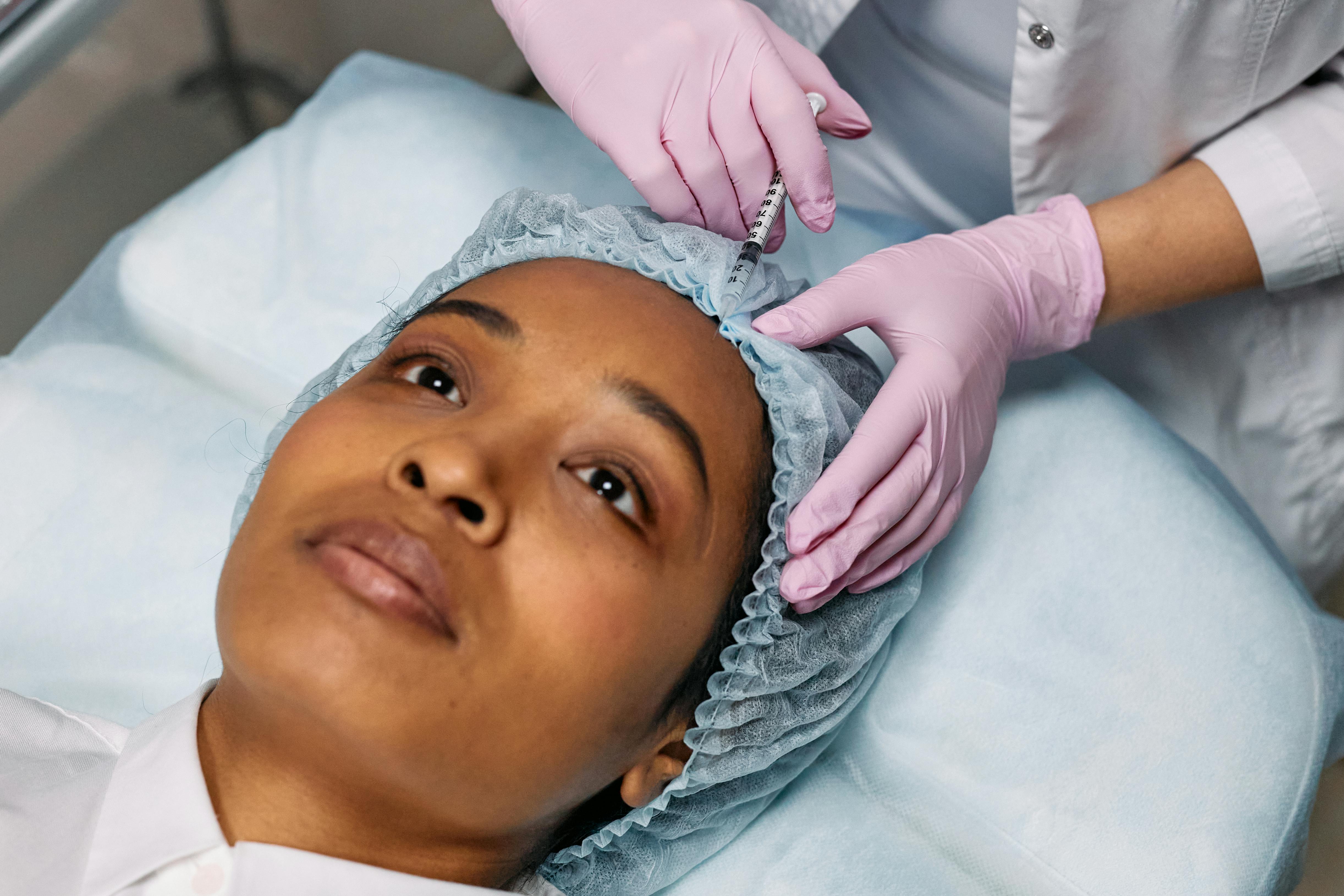
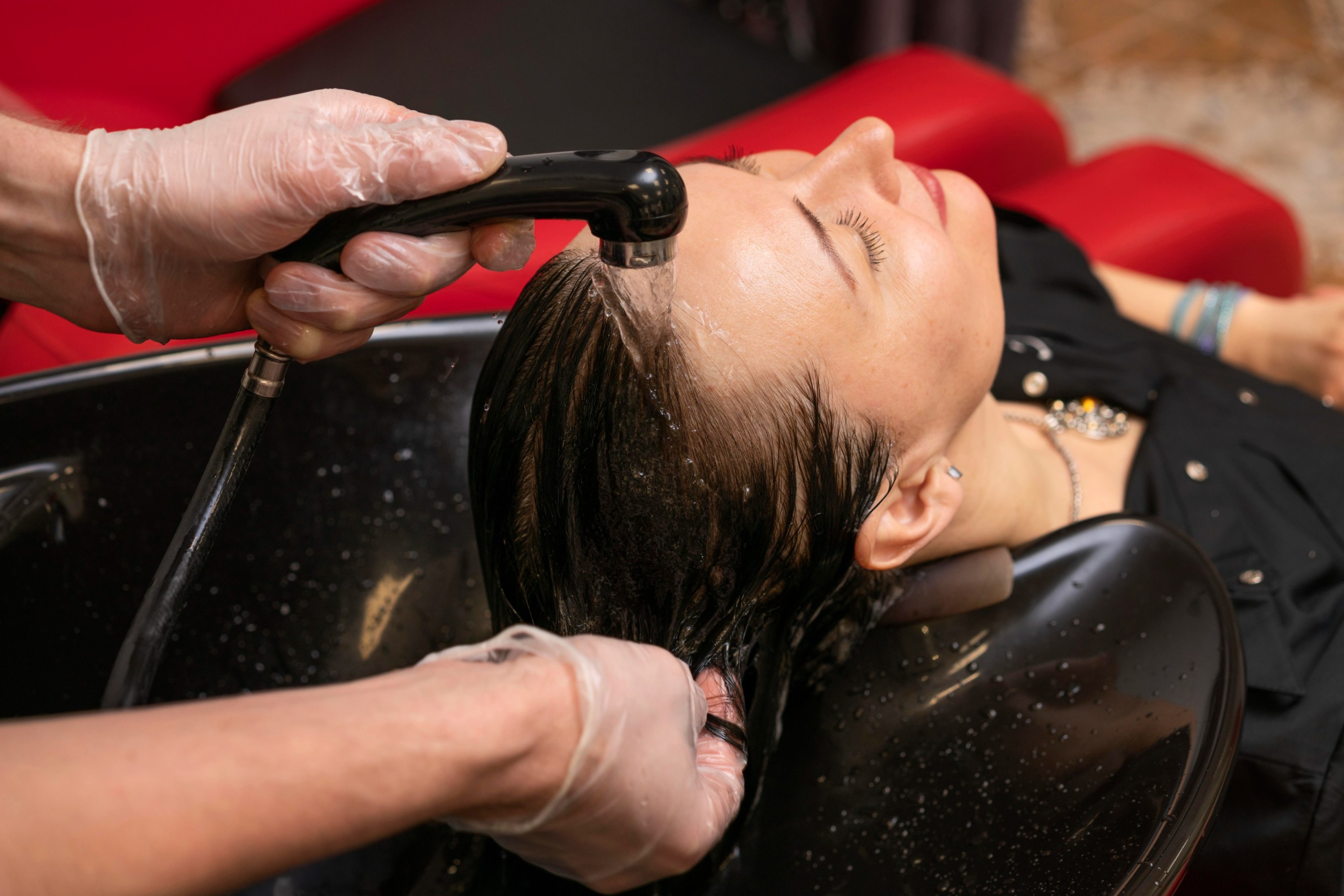
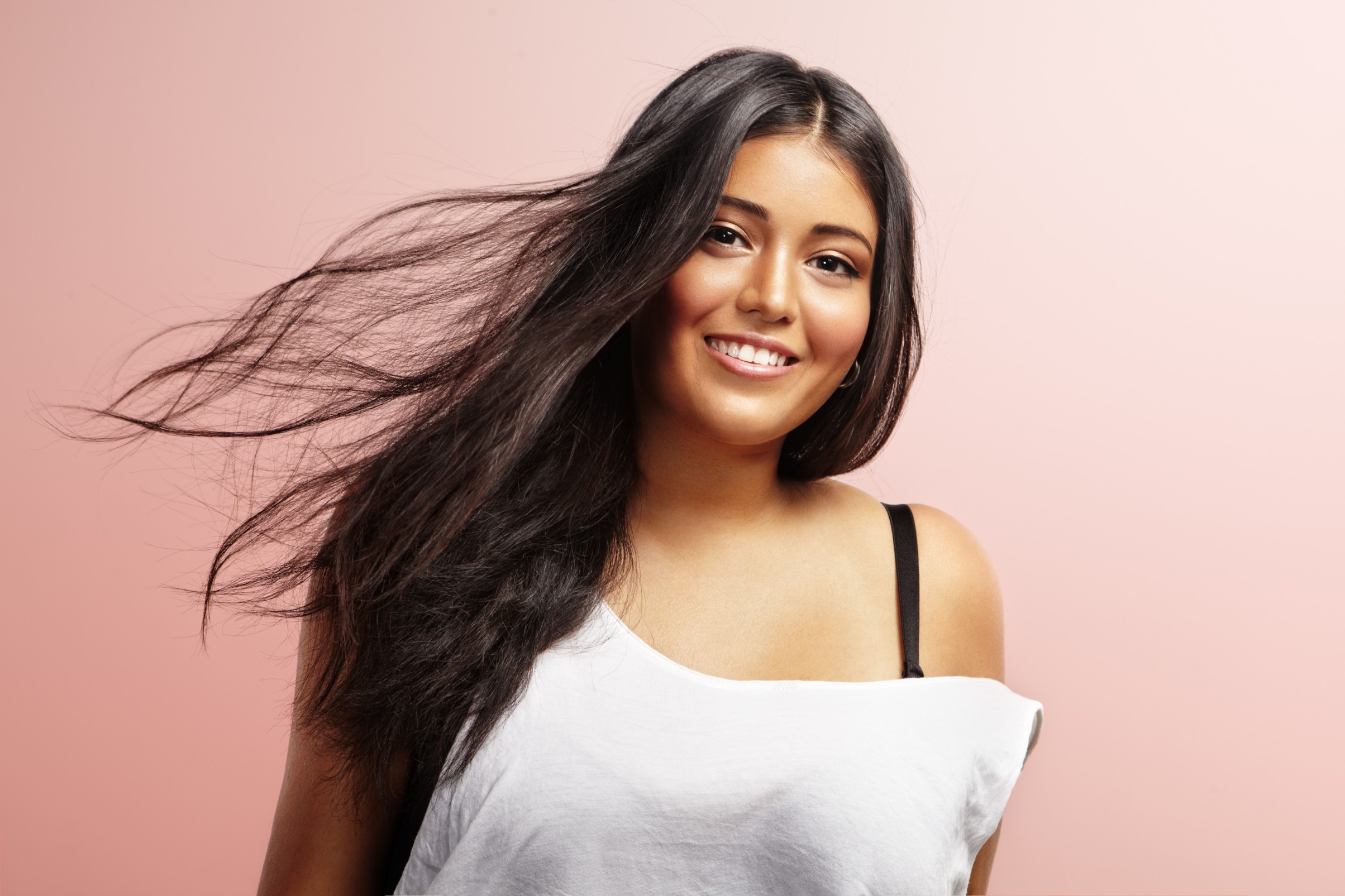


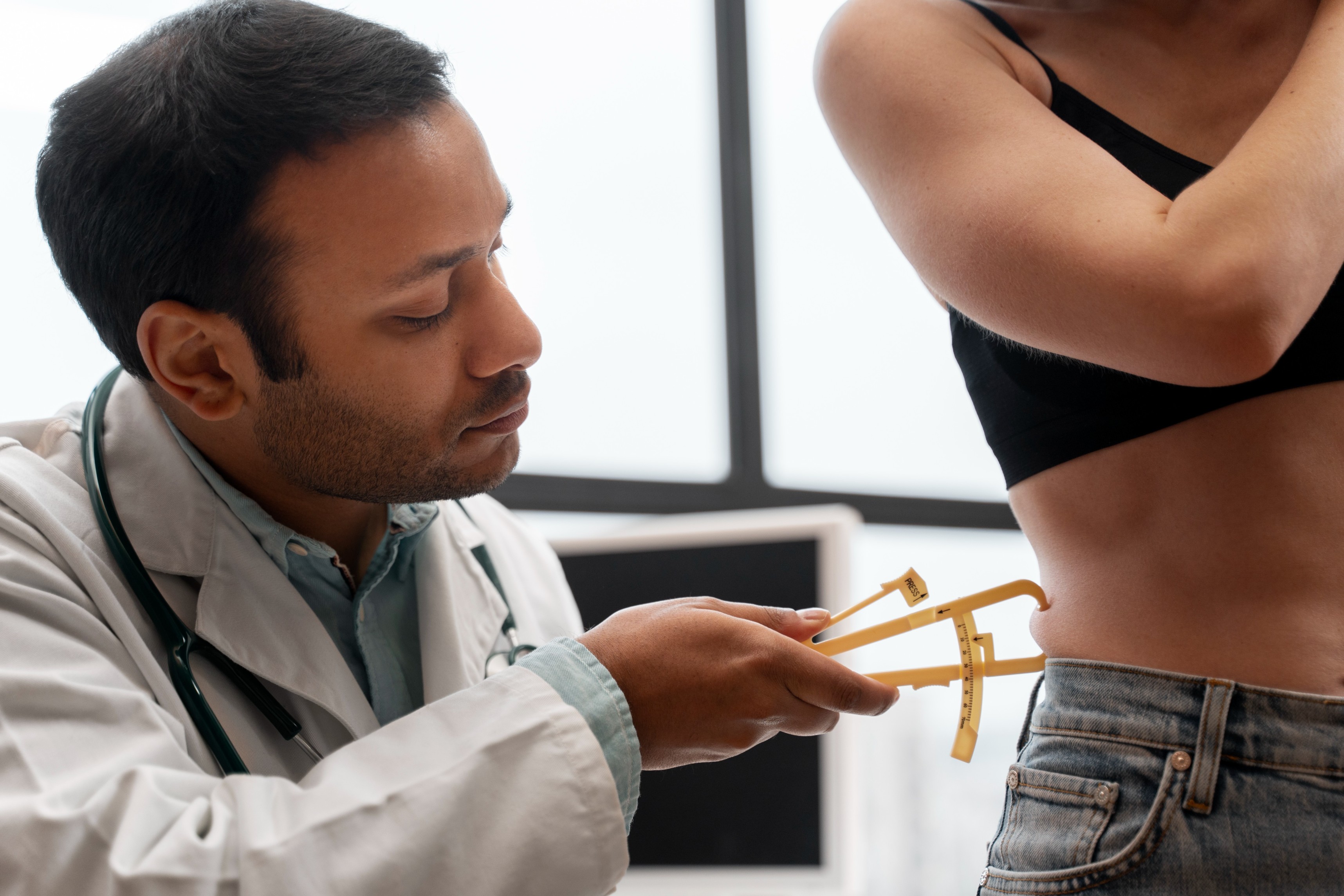
.jpg)
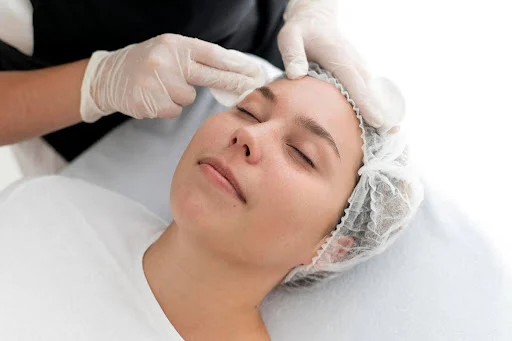
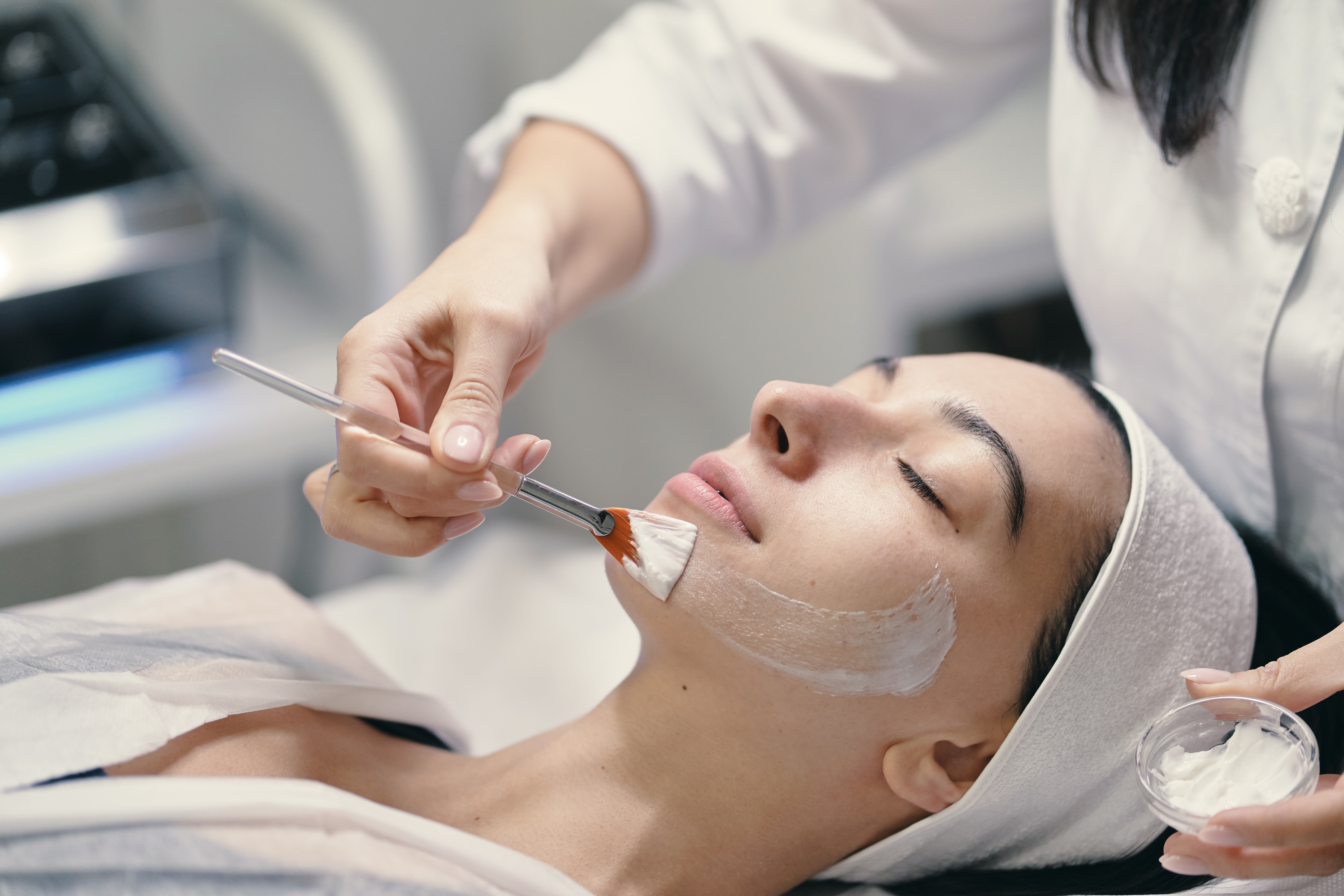

.jpg)
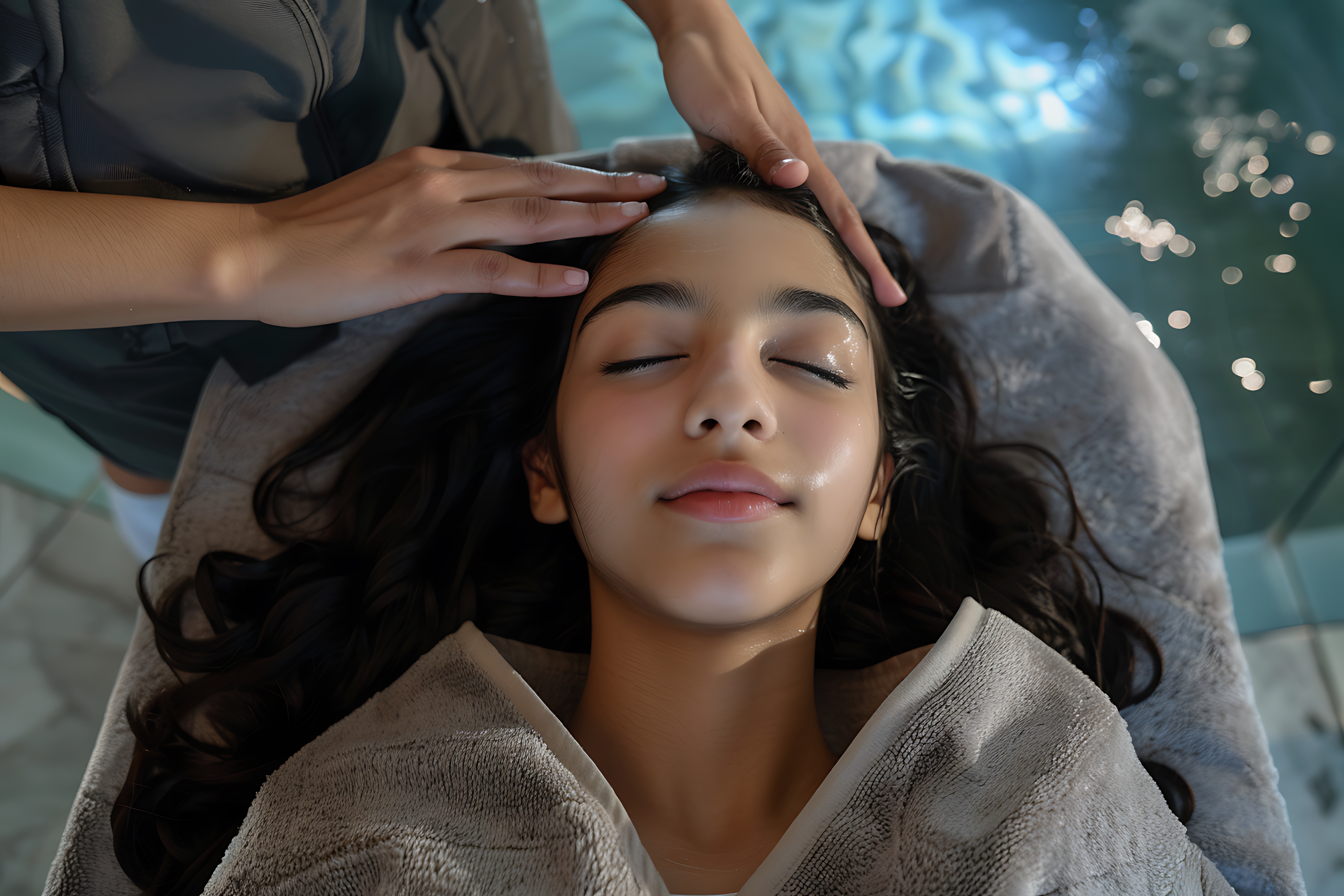

.jpg)
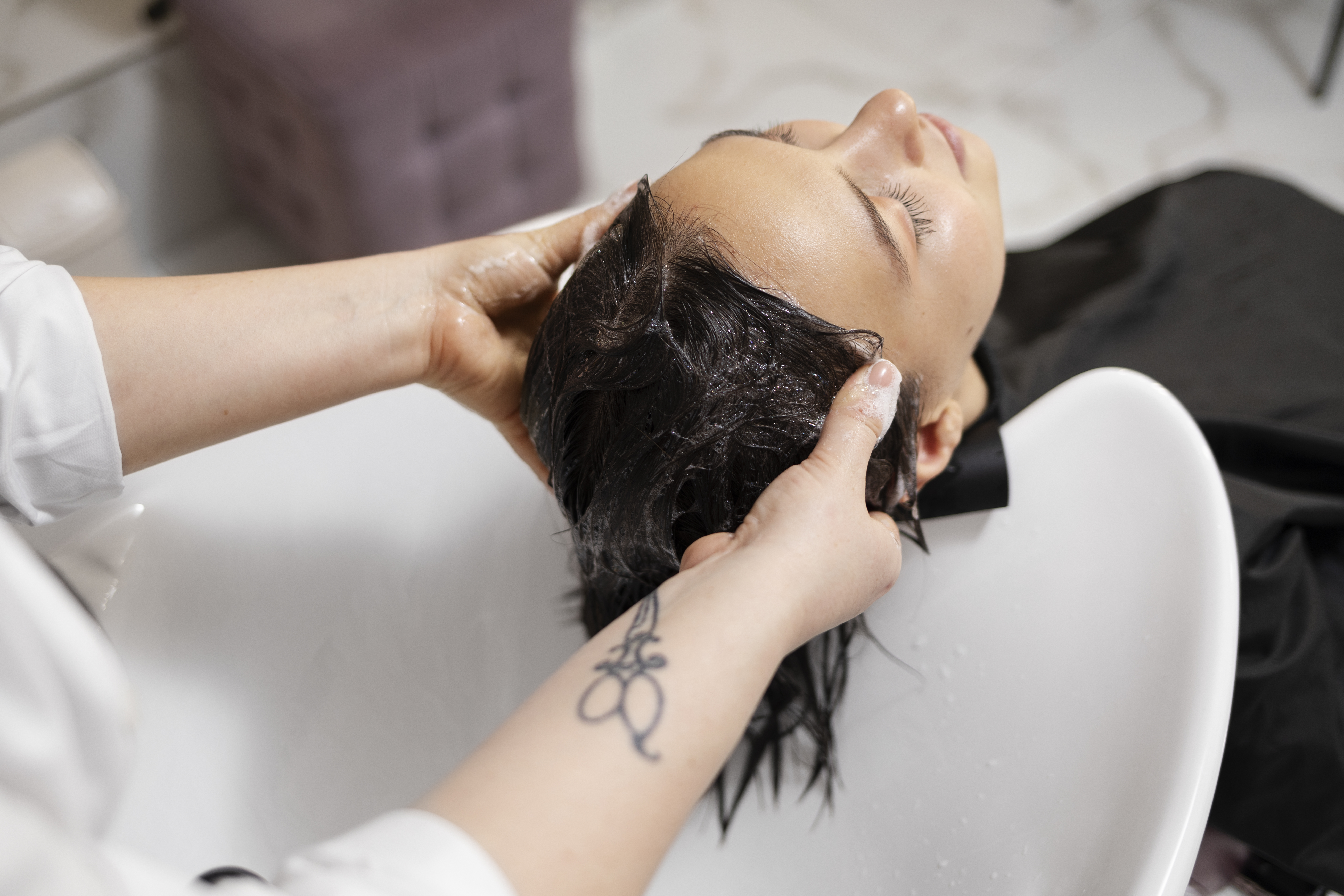
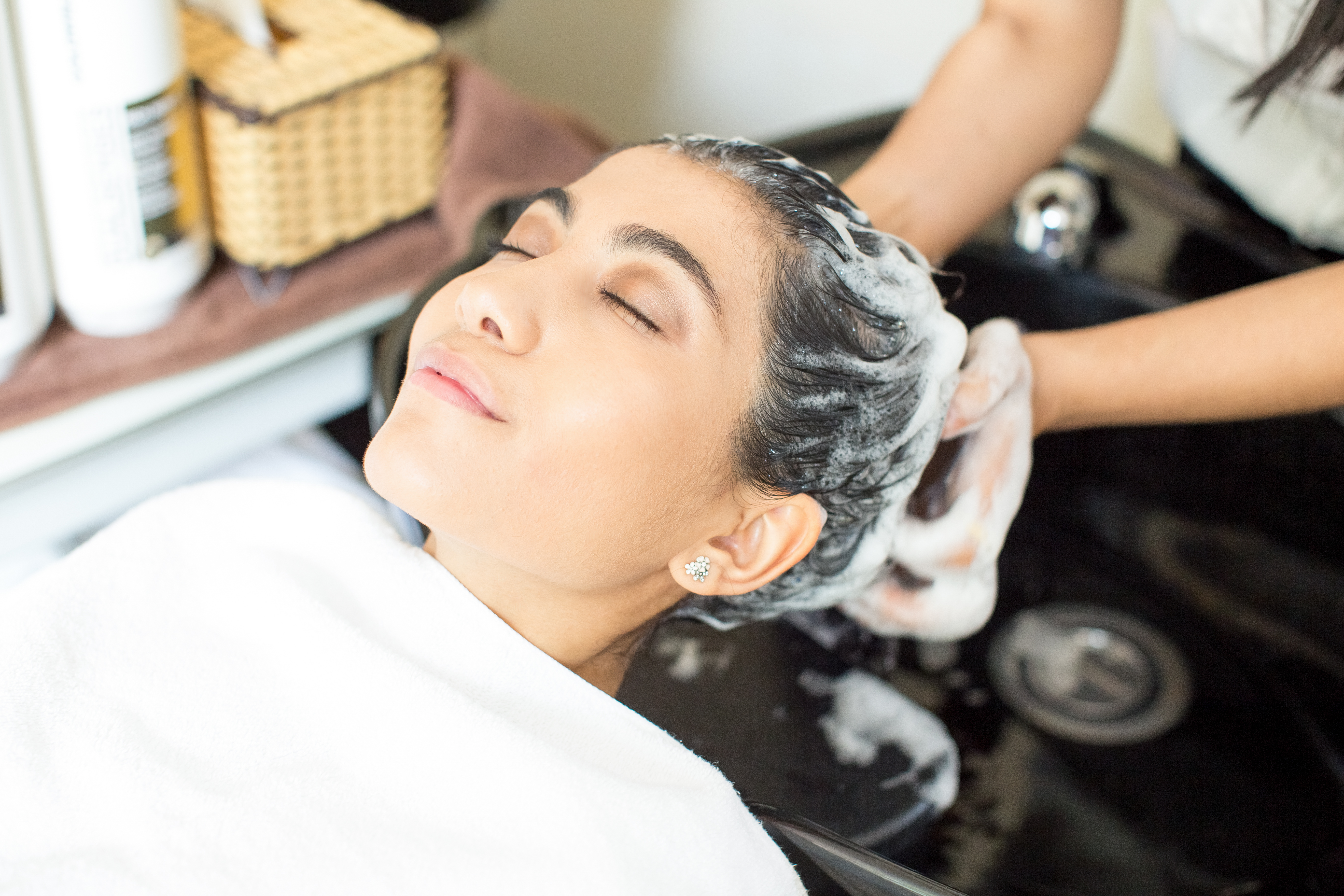
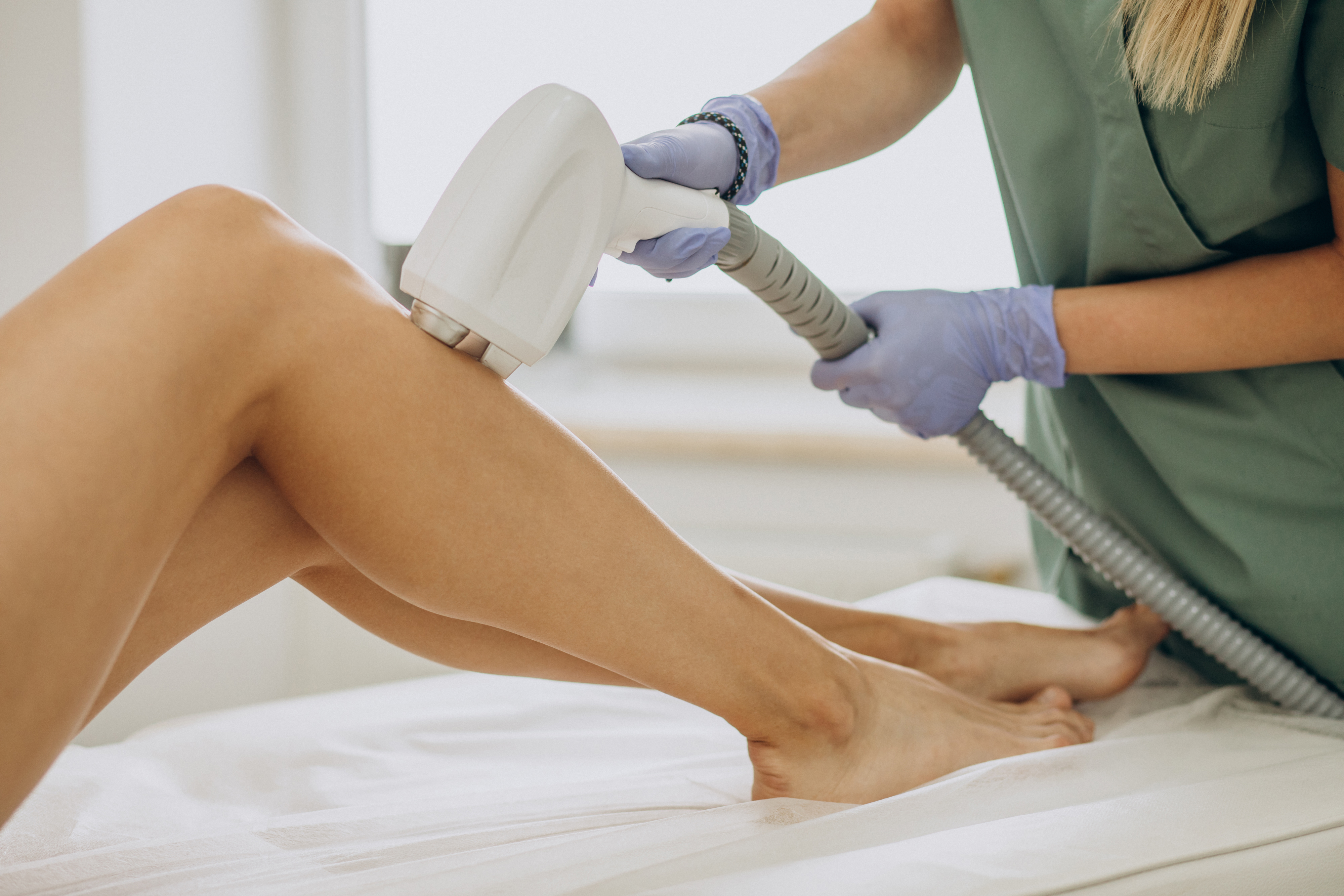
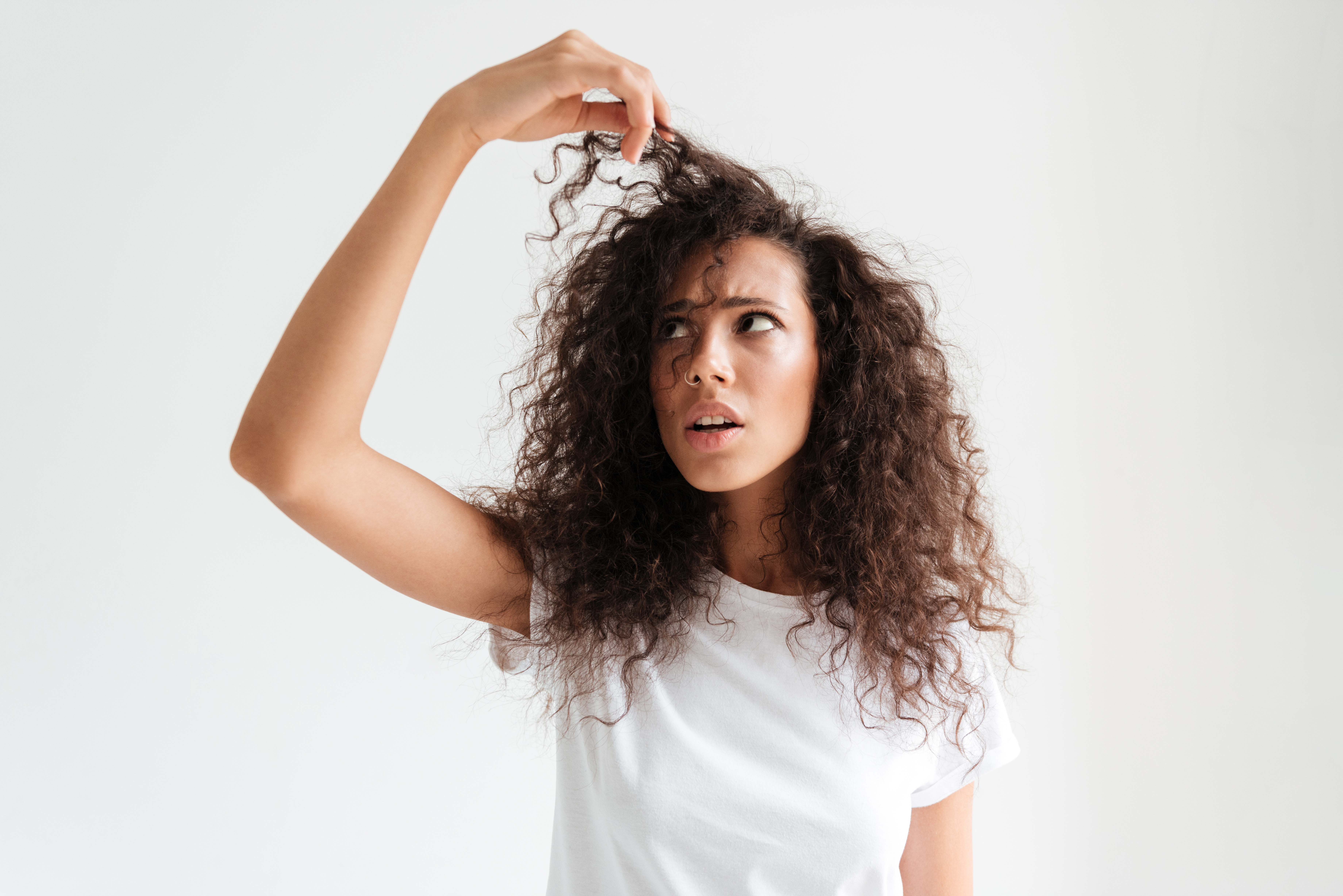

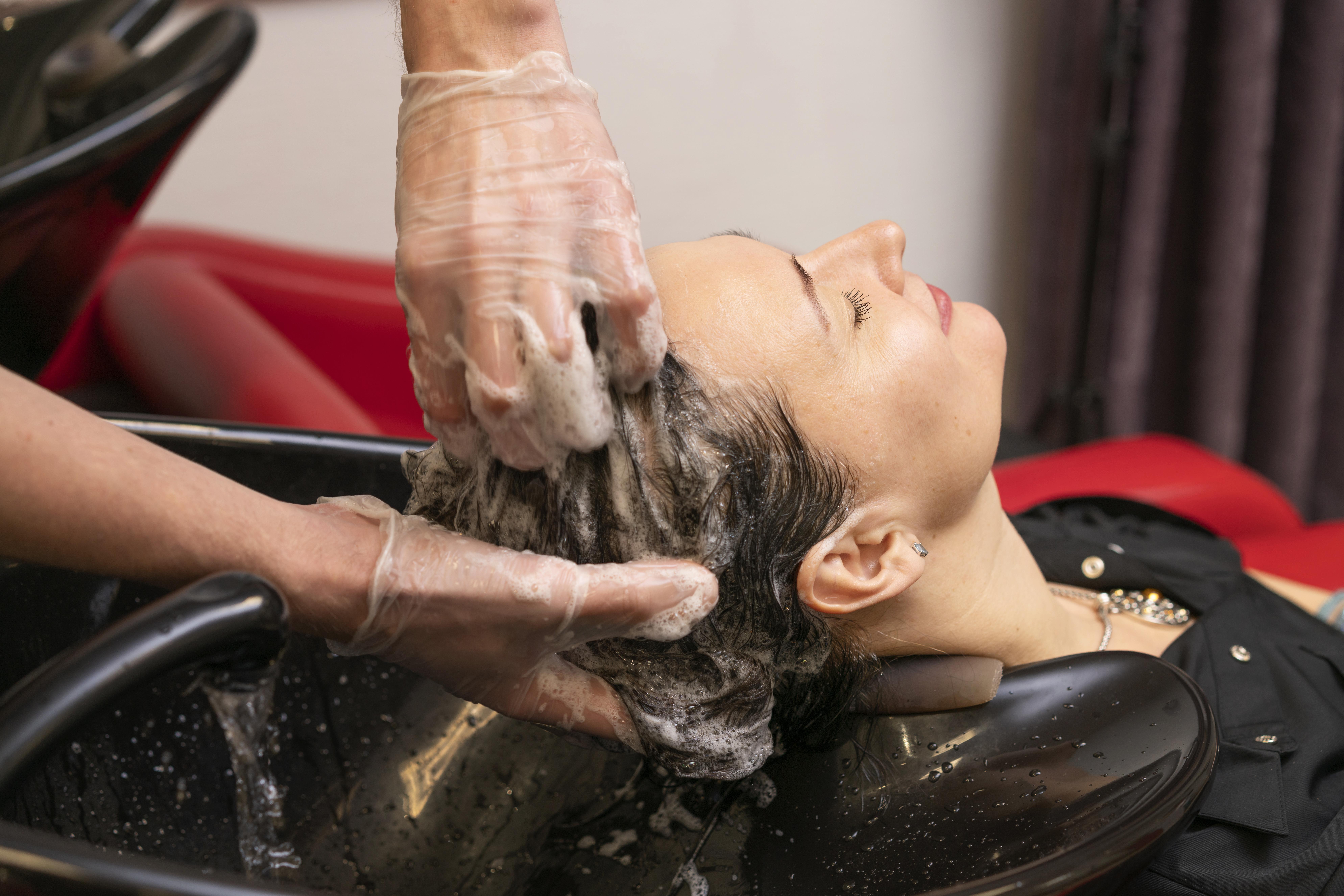


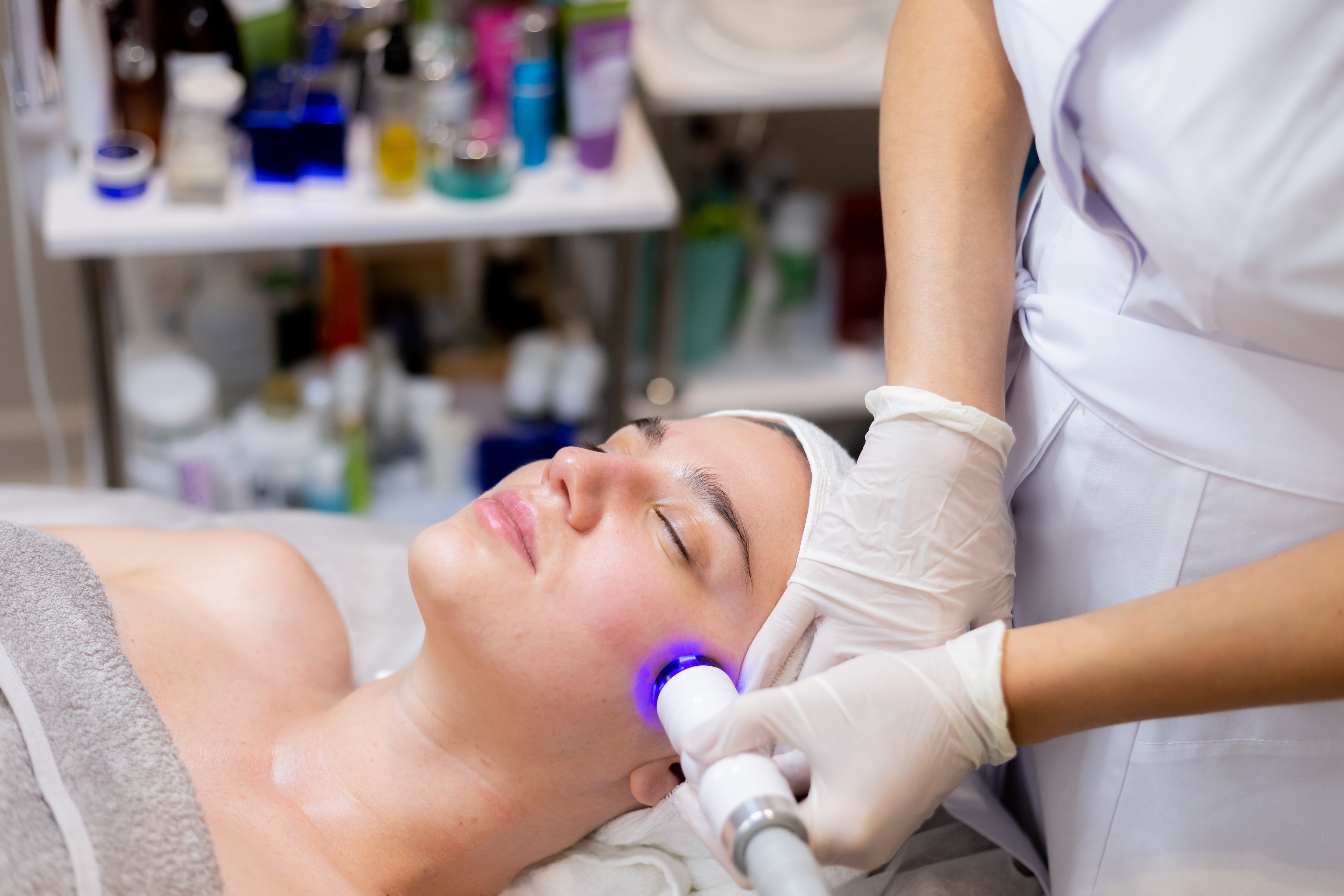
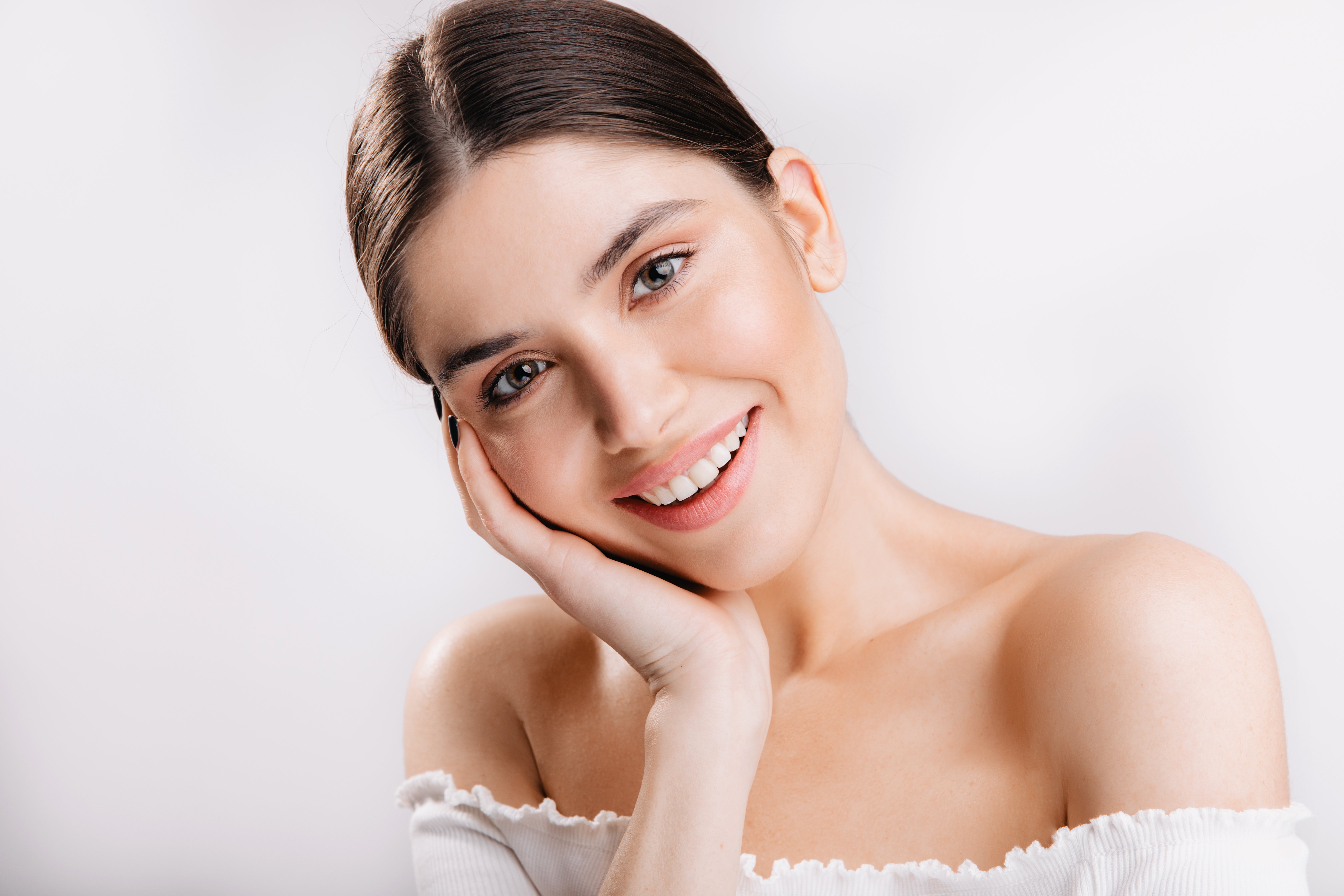

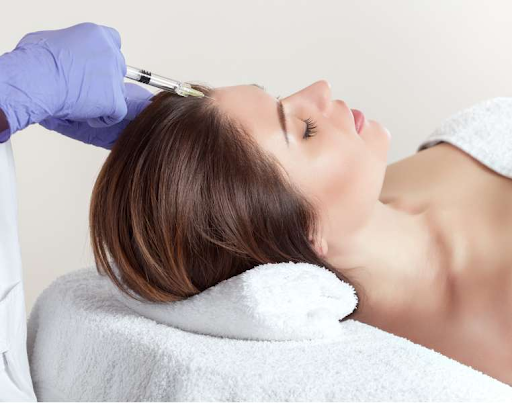
.png)
.png)
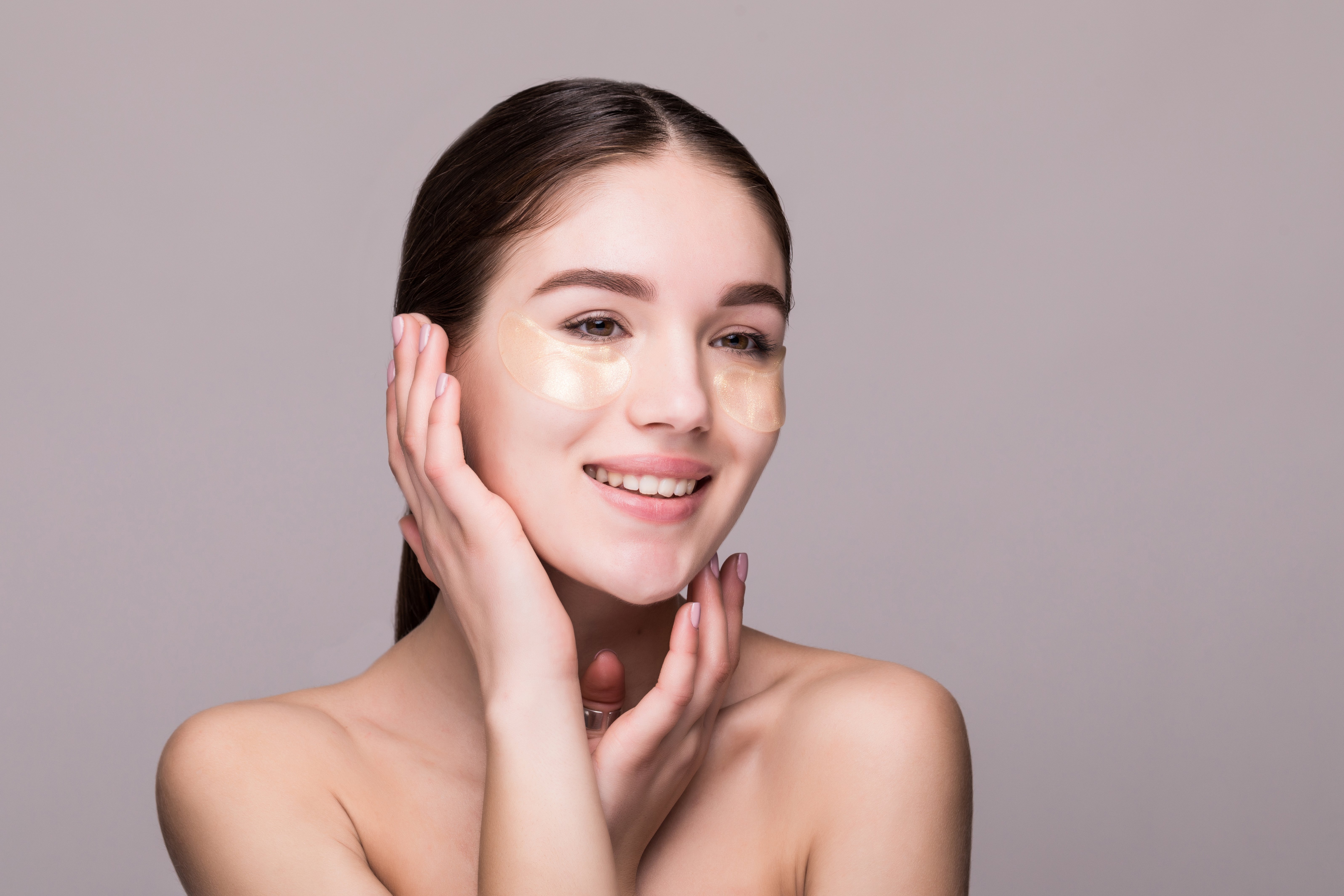
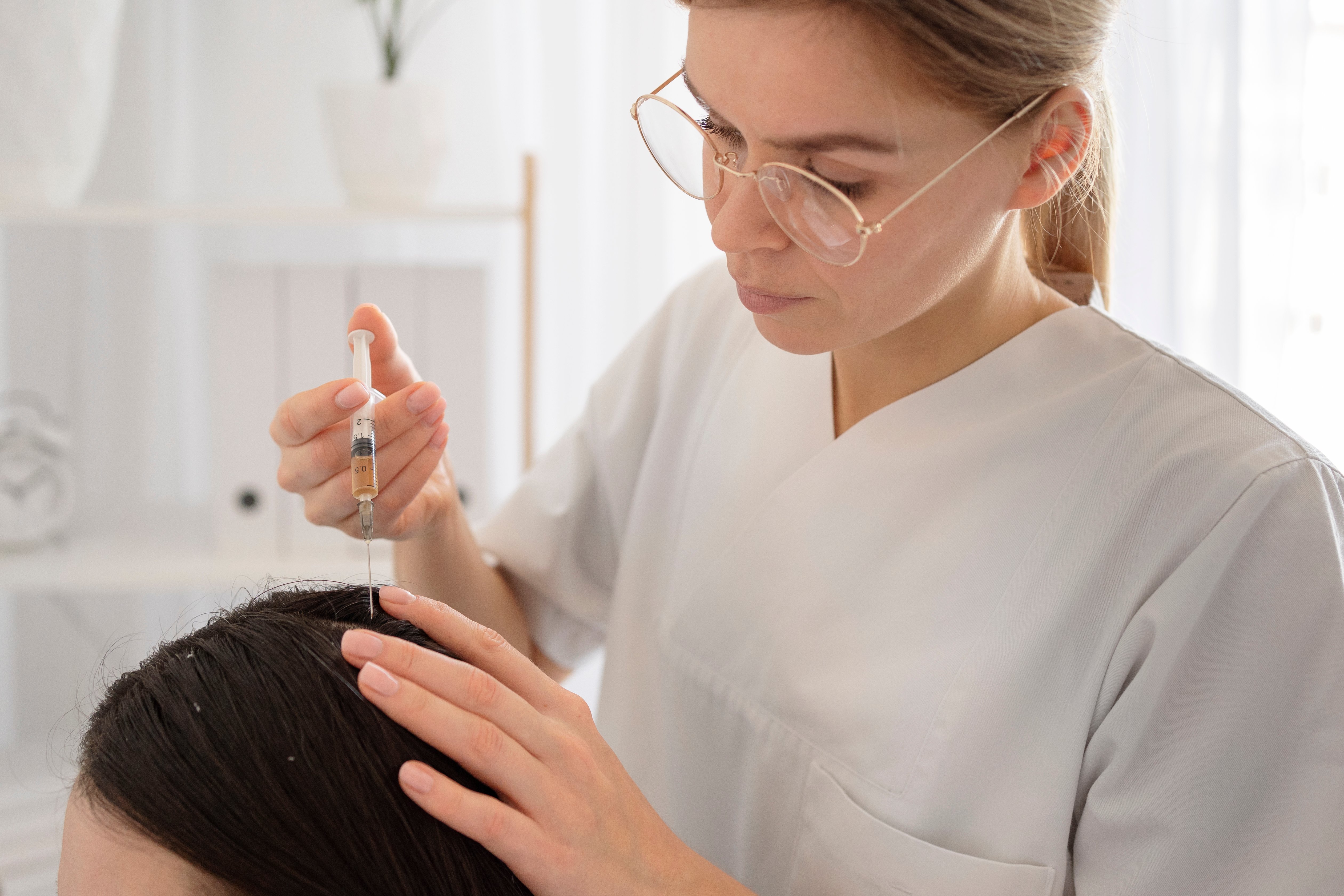
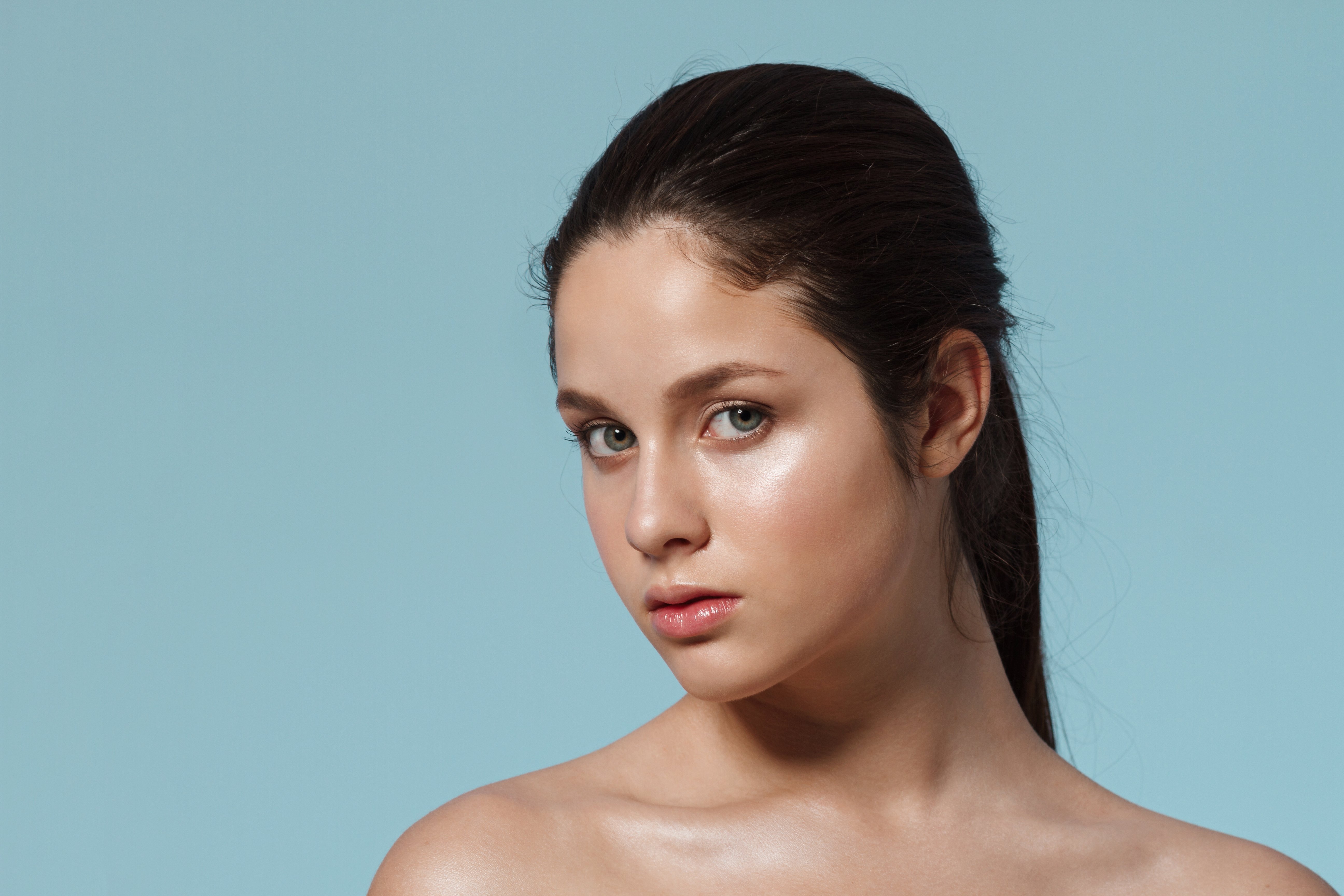
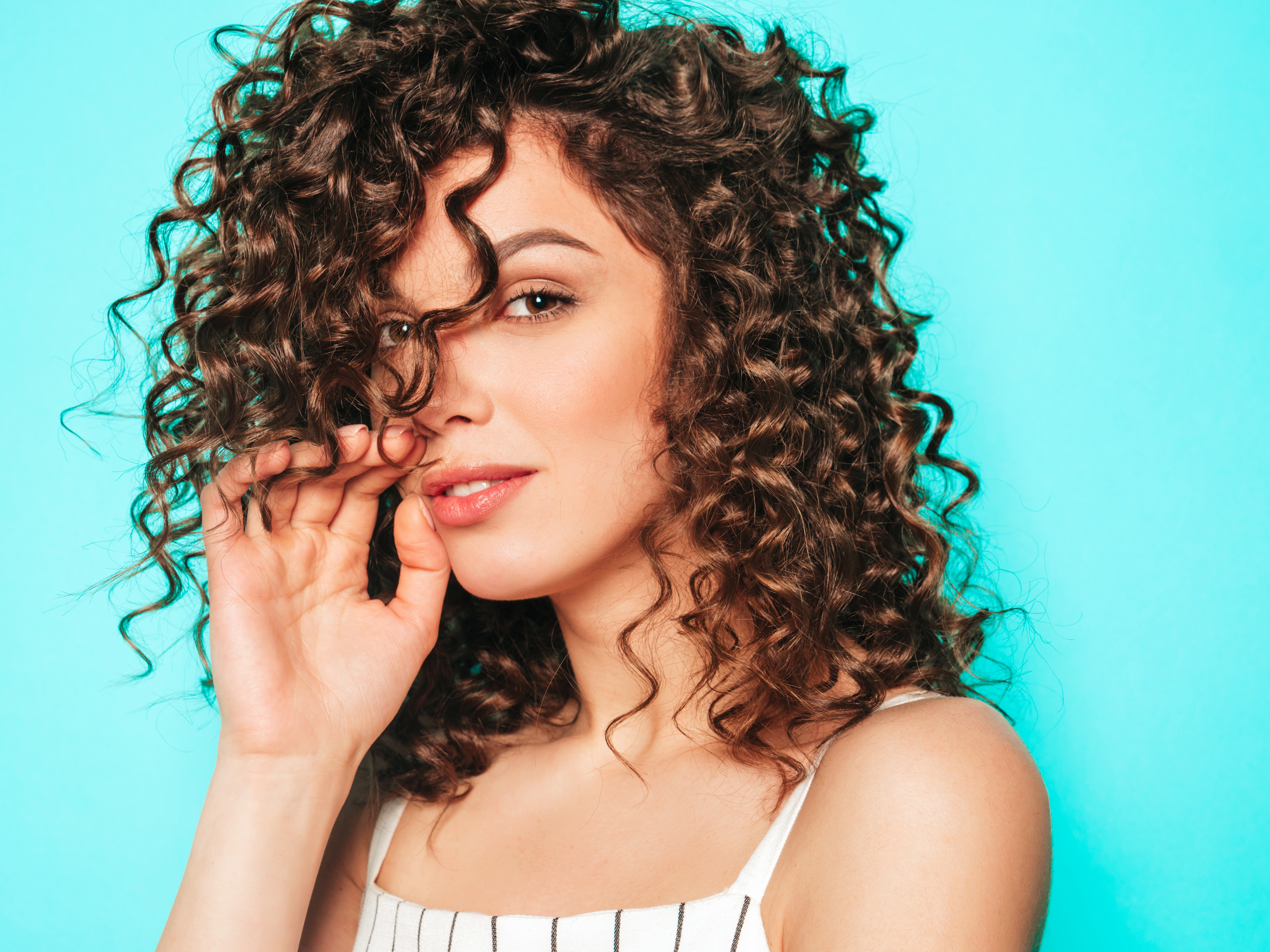
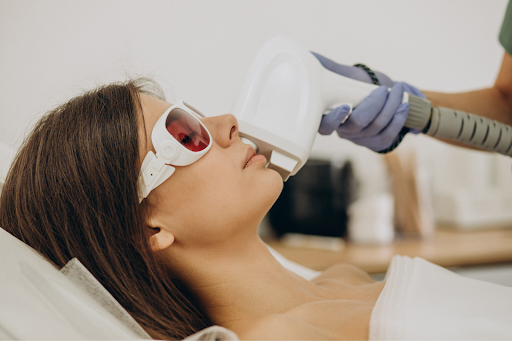
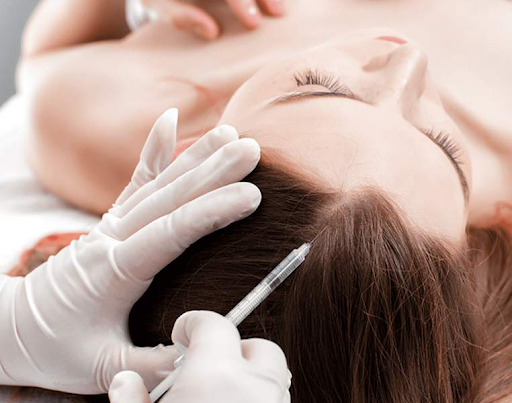
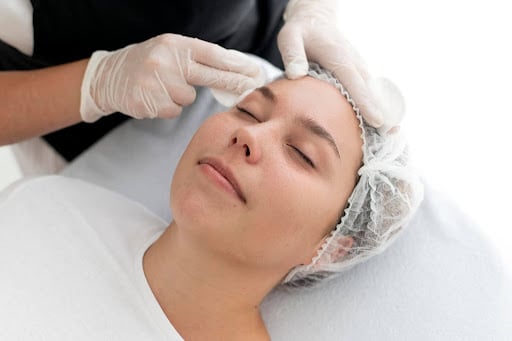

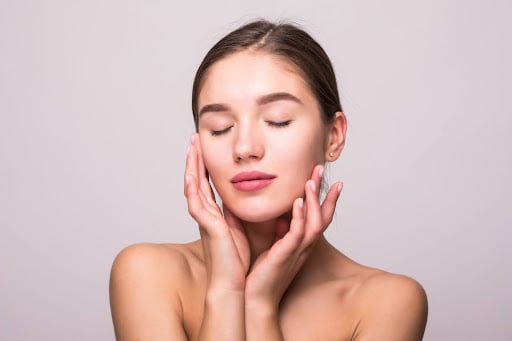
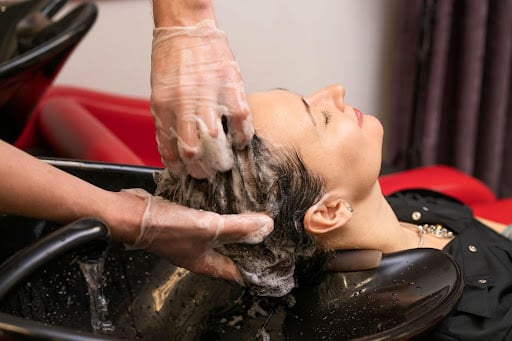

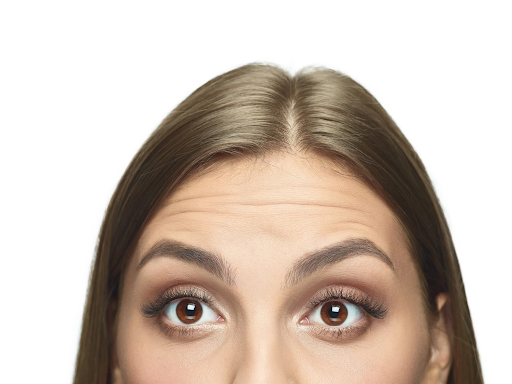
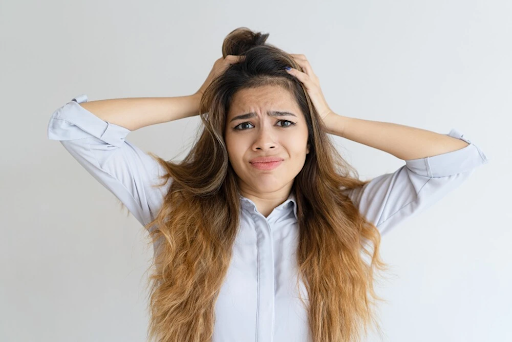

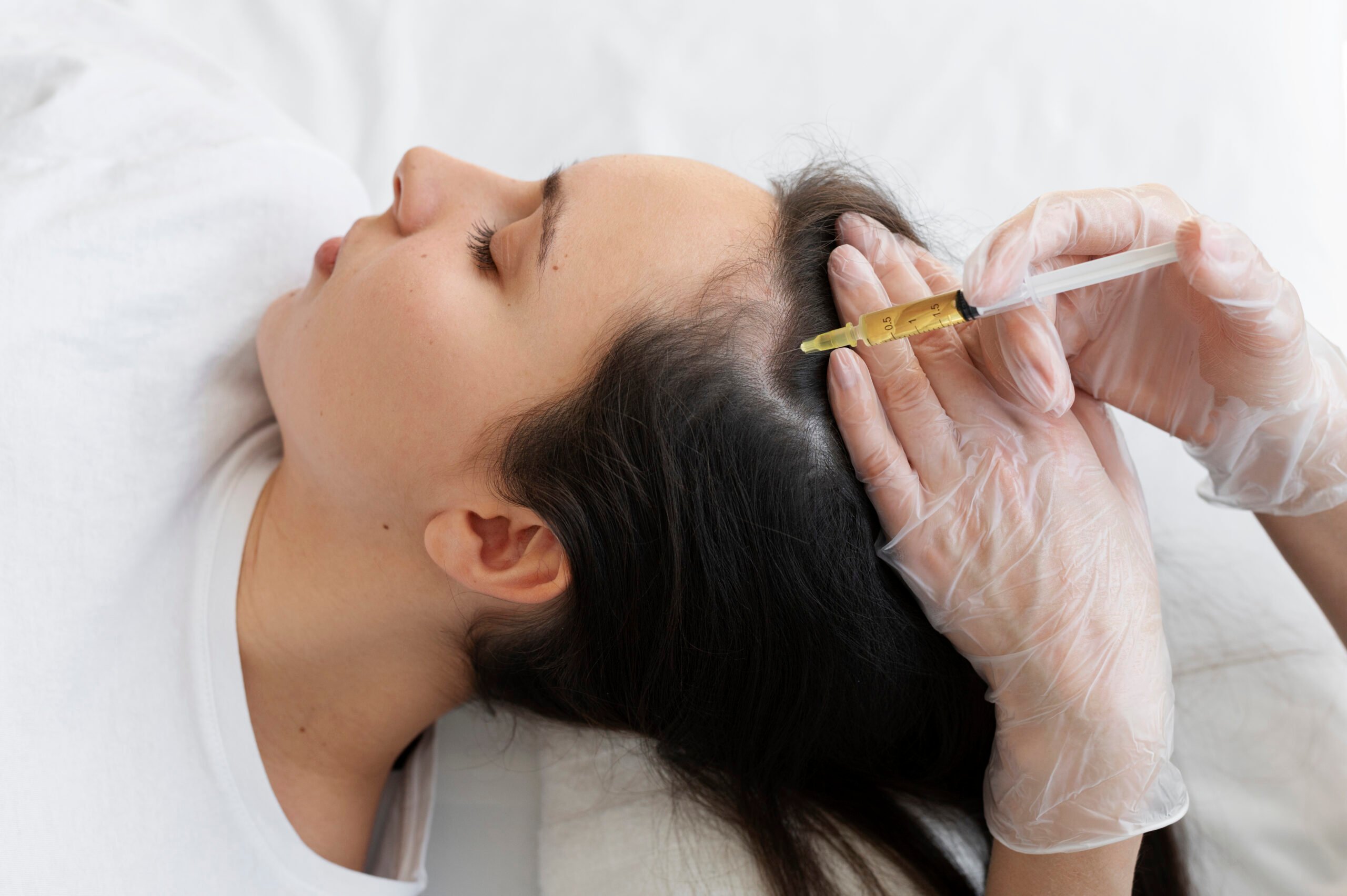
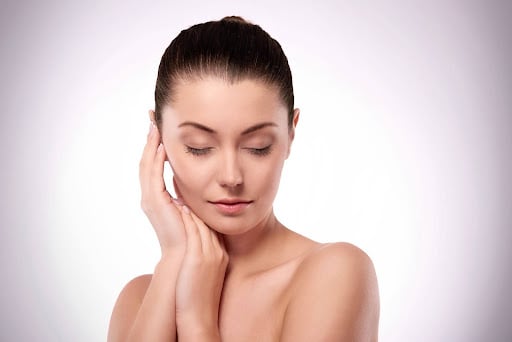
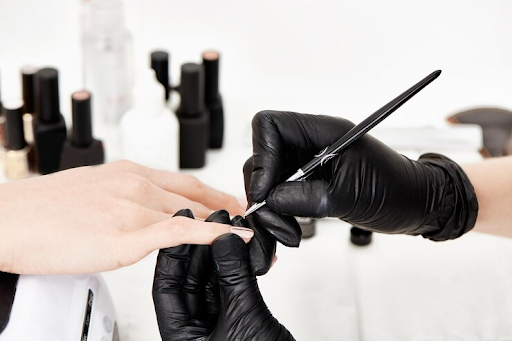

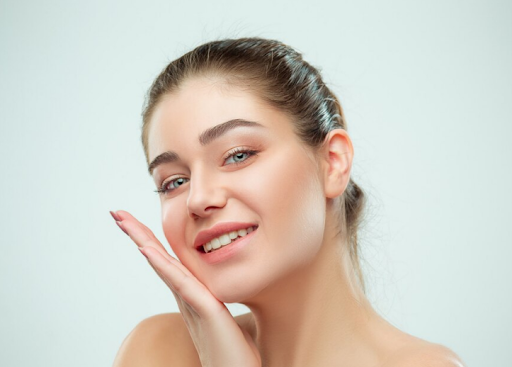
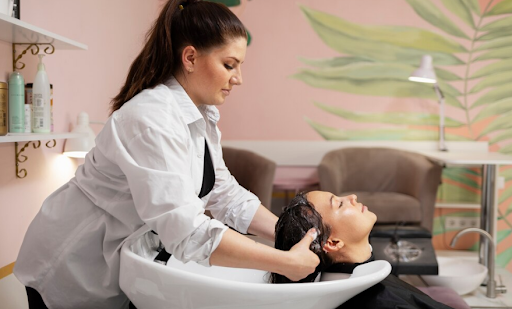
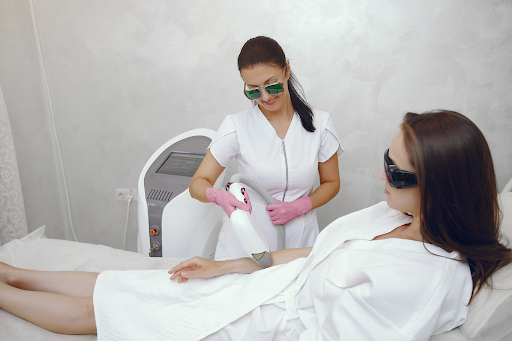
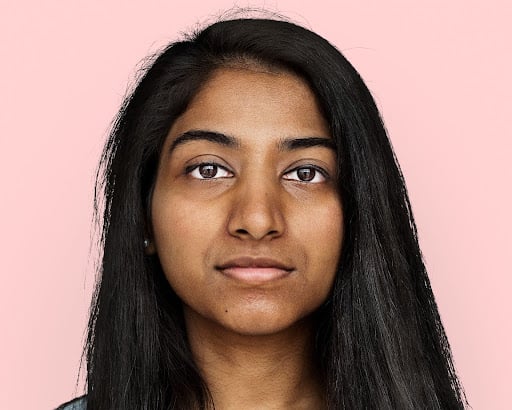


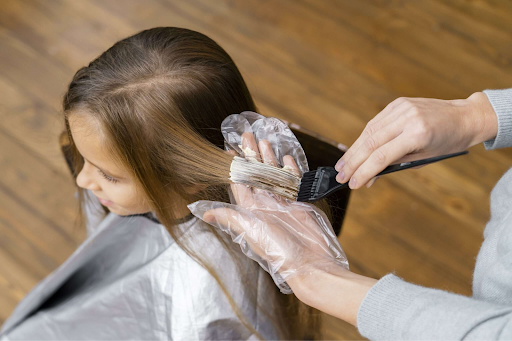
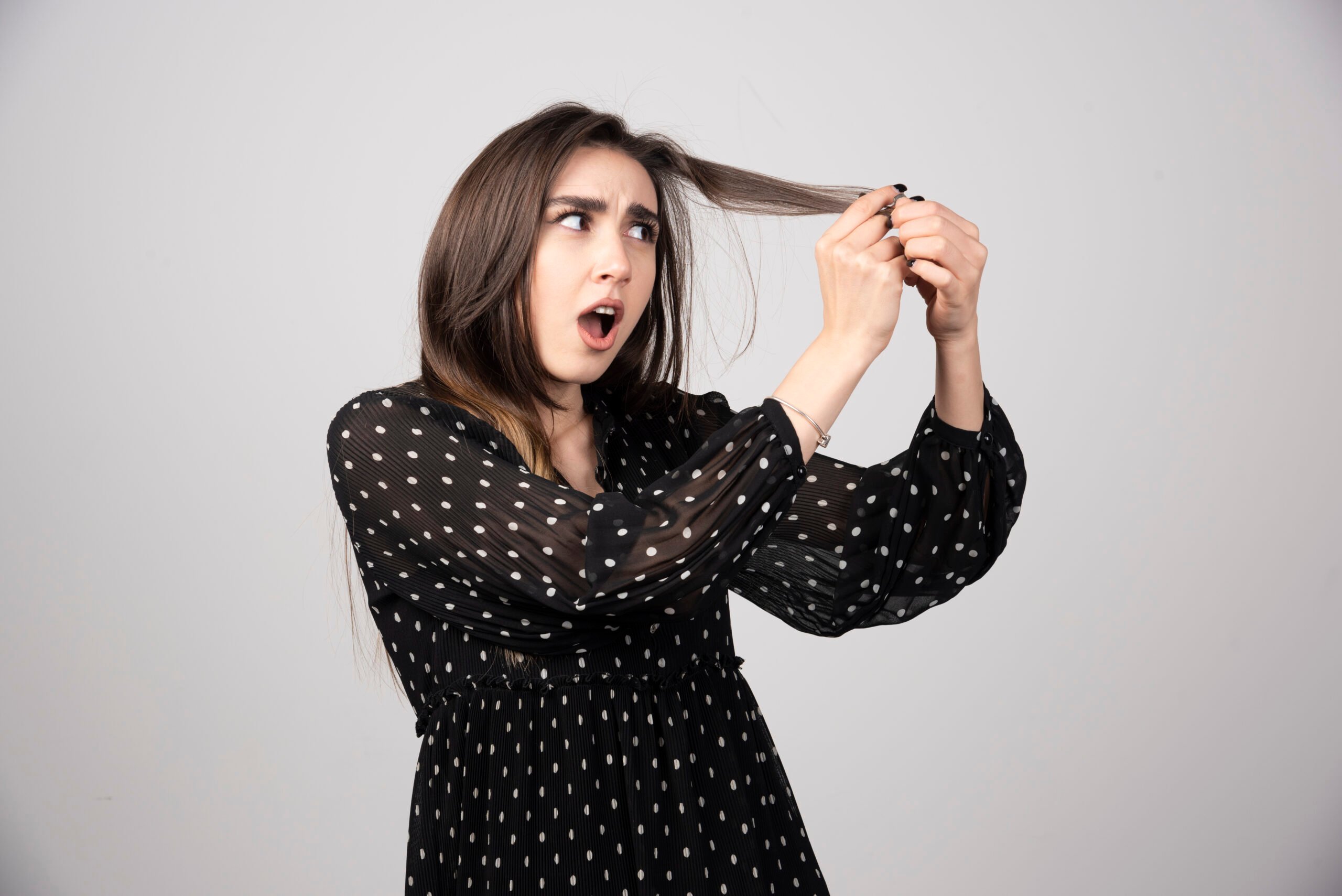
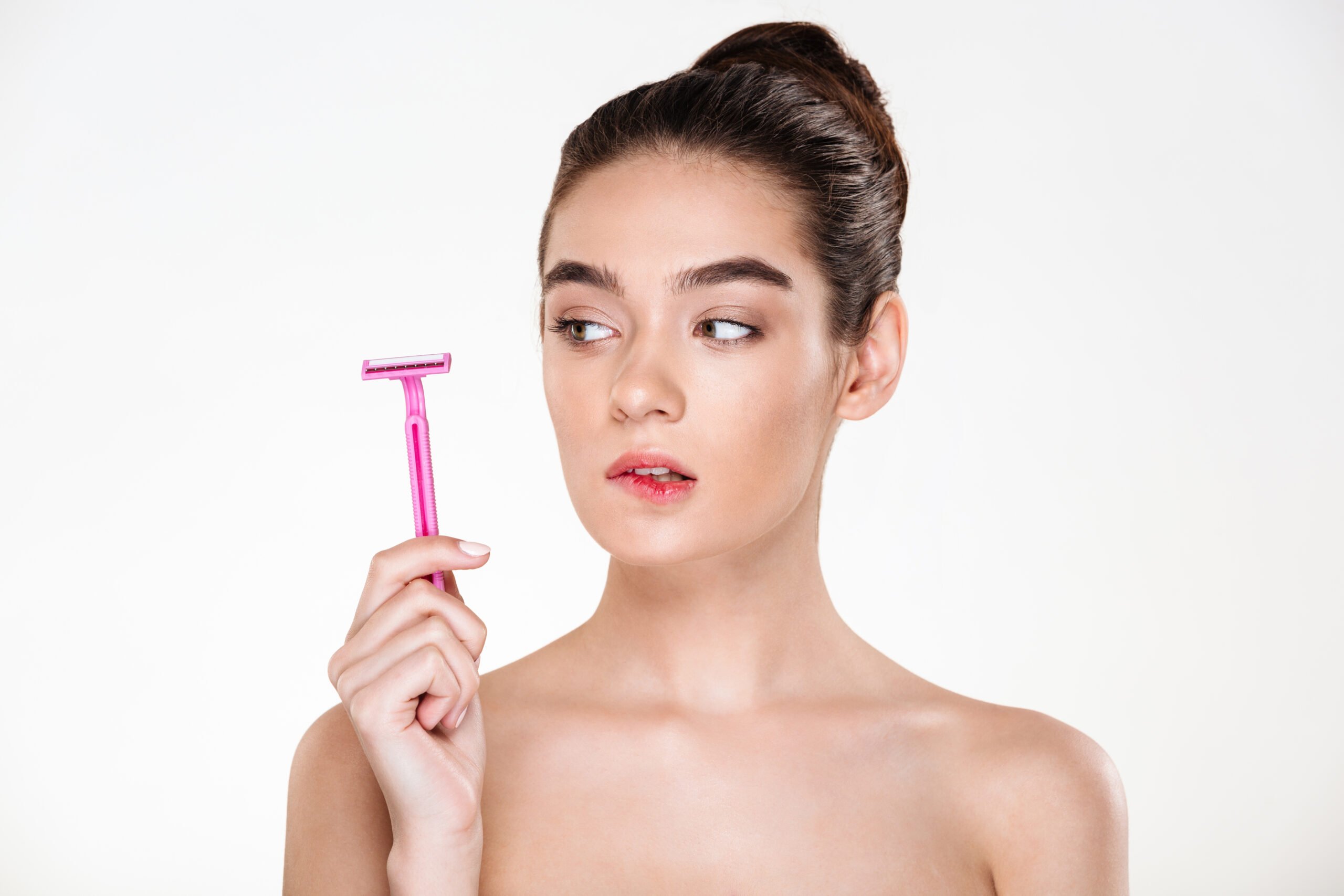
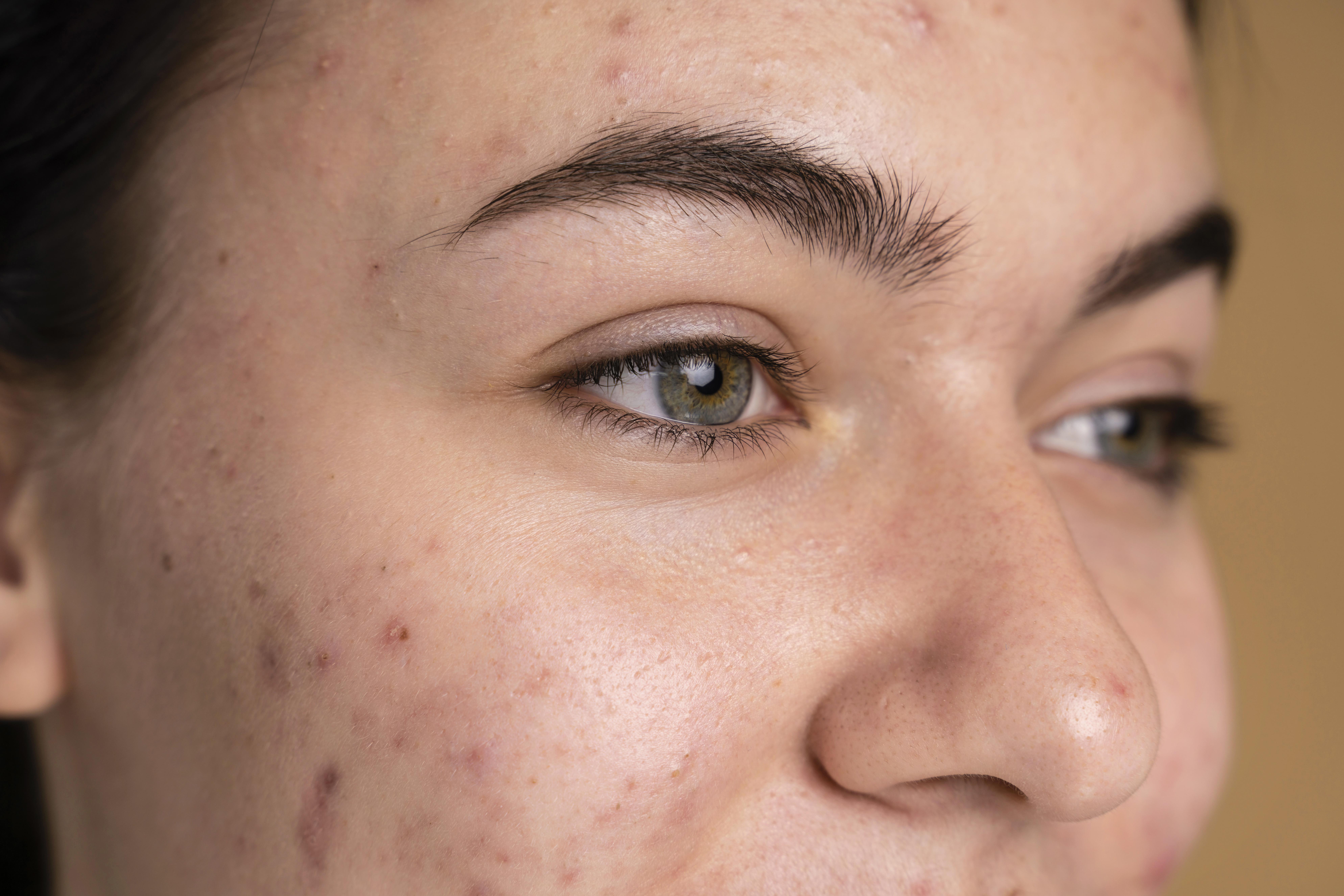
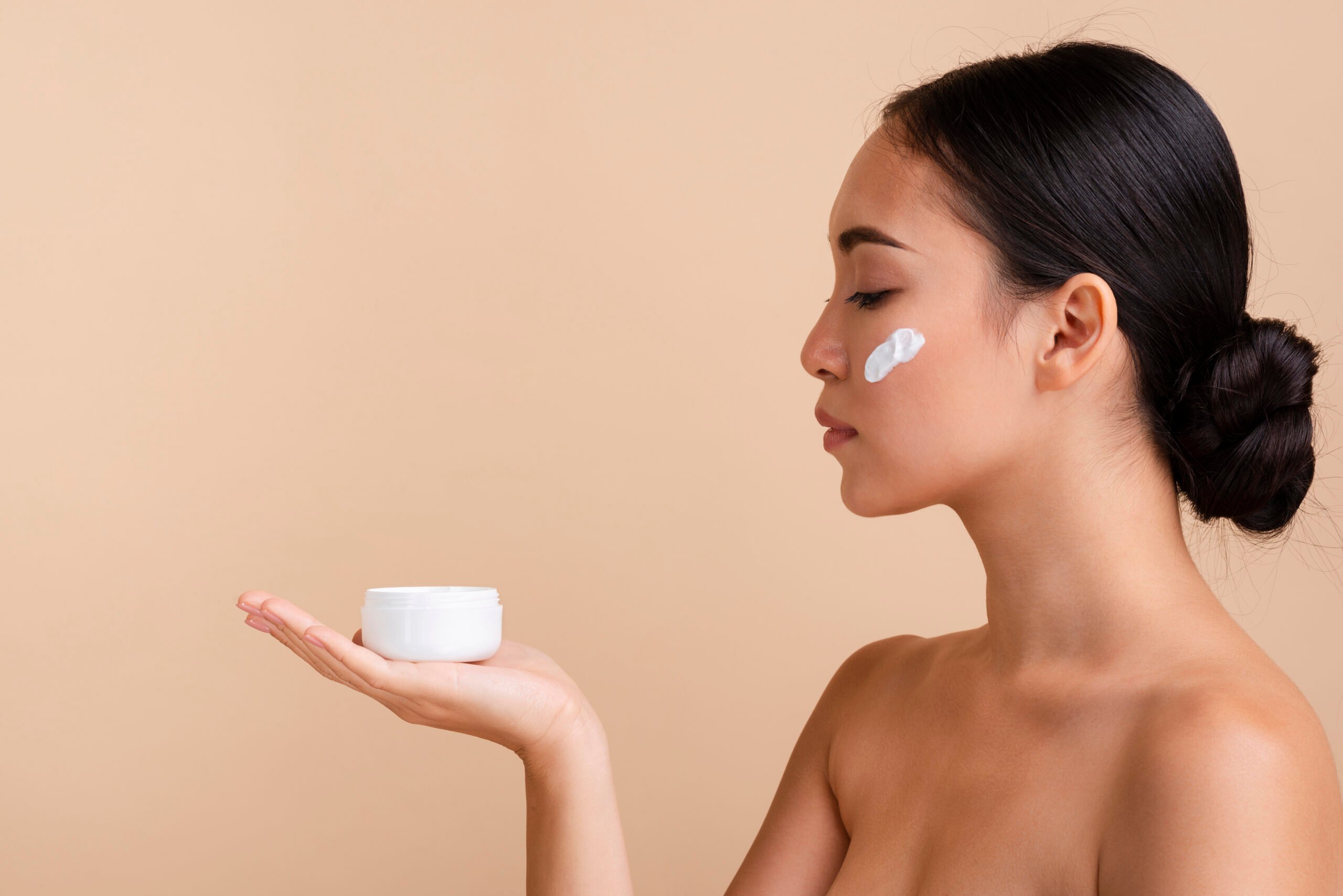
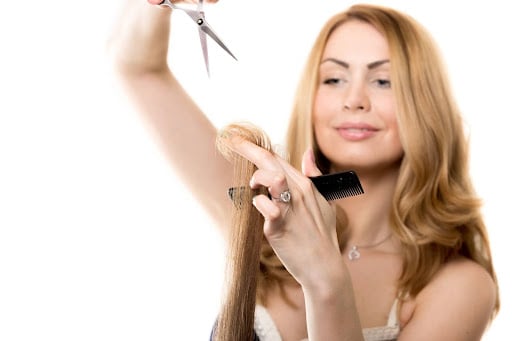
.jpg)
